SilverStone SX650-G PSU Review: Lots Of Power In A Small Form Factor
Why you can trust Tom's Hardware
Teardown & Component Analysis
Before proceeding with this page we strongly encourage you to a look at our PSUs 101 article, which provides valuable information about PSUs and their operation, allowing you to better understand the components we're about to discuss.
| General Data | |
|---|---|
| Manufacturer (OEM) | High Power |
| Platform Model | - |
| Primary Side | |
| Transient Filter | 4x Y caps, 2x X caps, 3x CM chokes, 1x MOV, 1x CMD02X |
| Inrush Protection | NTC thermistor & diode |
| Bridge Rectifier(s) | 2x GBU1506L (600V, 15A @ 100°C) |
| APFC MOSFETs | 2x Toshiba TK16A60W (600V, 15.8A @ 150°C, 0.19Ω) |
| APFC Boost Diode | 1x Power Integrations D0665C5 (600V, 8A @ 150°C) |
| Hold-up Cap(s) | 1x Rubycon (420V, 470uF, 3000h @ 85°C, USH) |
| Main Switchers | 2x Toshiba TK16A60W (600V, 15.8A @ 150°C, 0.19Ω) |
| High-side/Low-Side Driver | Silicon Labs Si8233BD |
| APFC Controller | Infineon ICE3PCS01G |
| Resonant Controller | Champion CM6901X |
| Topology | Primary side: Half-bridge & LLC resonant controller Secondary side: Synchronous rectification & DC-DC converters |
| Secondary Side | |
| +12V MOSFETs | 6x Toshiba TPHR85 04PL (SOP Advance Series, 40V, 150A @ 25C, 0.85mΩ) |
| 5V & 3.3V | DC-DC Converters: 6x Infineon BSC0906NS (30V, 40A @ 100°C, 4.5mΩ) PWM Controller: APW7159C |
| Filtering Capacitors | Electrolytics: Nippon Chemi-Con (1-5000 @ 105°C, KZE), Nippon Chemi-Con (4-10,000 @ 105°C, KY) Polymers: Nippon Chemi-Con |
| Supervisor IC | SITI PS224 (OVP, UVP, OCP,SCP, PG) |
| Micro Controller | STC 15W408AS |
| Fan Model | Globe Fan S0921512HB (92mm, 12V, 0.45A, fluid dynamic bearing) |
| 5VSB Circuit | |
| Rectifier | 1x P10V45 SBR (45V, 10A) |
| Standby PWM Controller | Sanken STR-A6069H |
| -12V Circuit | |
| Rectifier | KEC KIA7912PI (-12V, 1A) |
The SX650-G is manufactured by High Power, and it employs a similar platform as the one found in SilverStone's SX500-G. We find a half-bridge topology and an LLC resonant converter on the primary side. On the secondary side, six FETs regulate the +12V rail and a couple of DC-DC converters generate the minor rails.
Beyond the typical circuitry we expect to find in a PSU, there's also an 8-bit micro-controller (STC 15W408AS) that's probably utilized by the fan control circuit. Or, it may assist the PSU's supervisor IC.
The cooling fan SilverStone uses is more capable than the one in its SX500-G, since the higher-capacity model gets hotter. A fluid dynamic bearing is common in enthusiast-oriented PSUs nowadays.
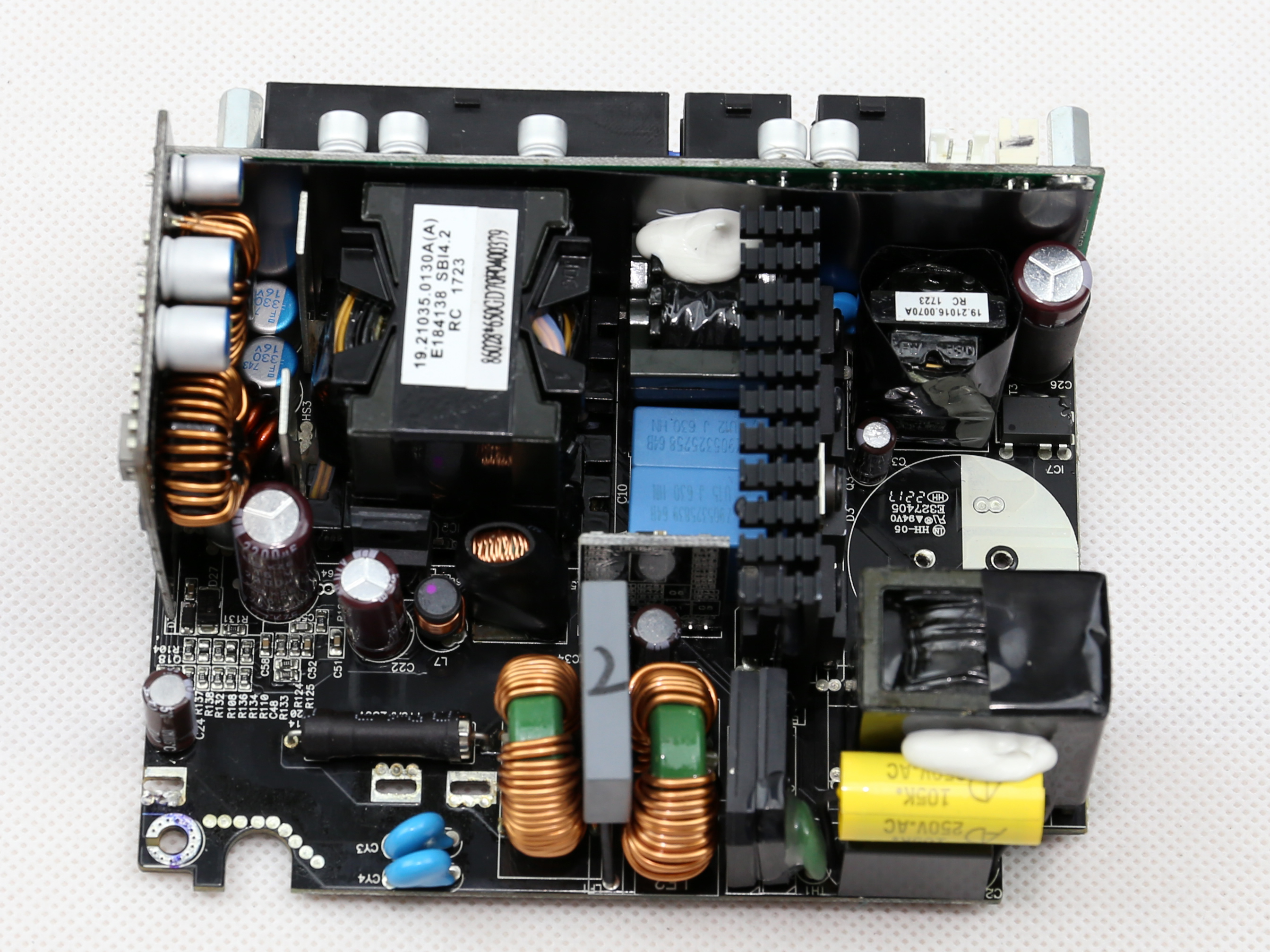
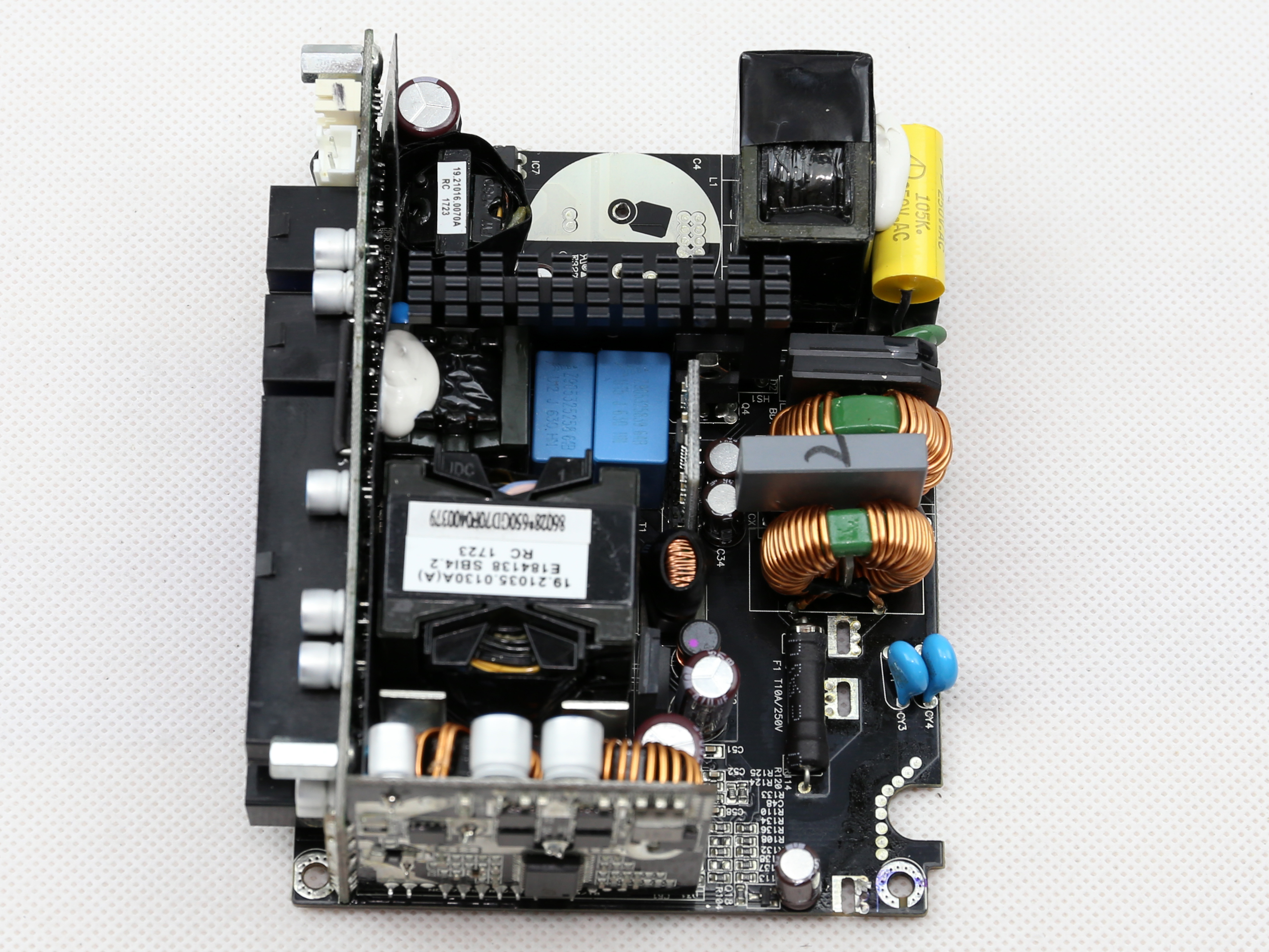
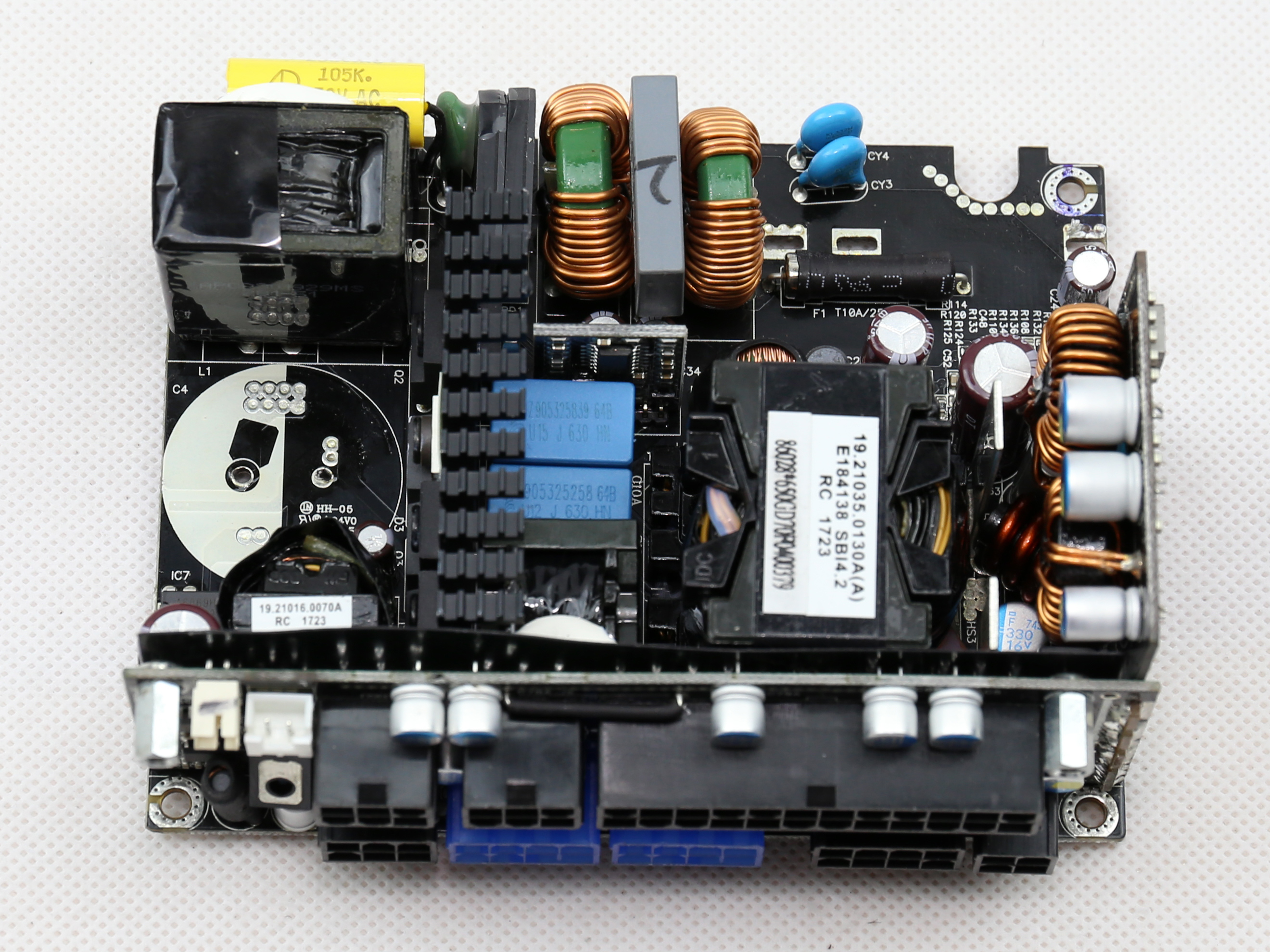
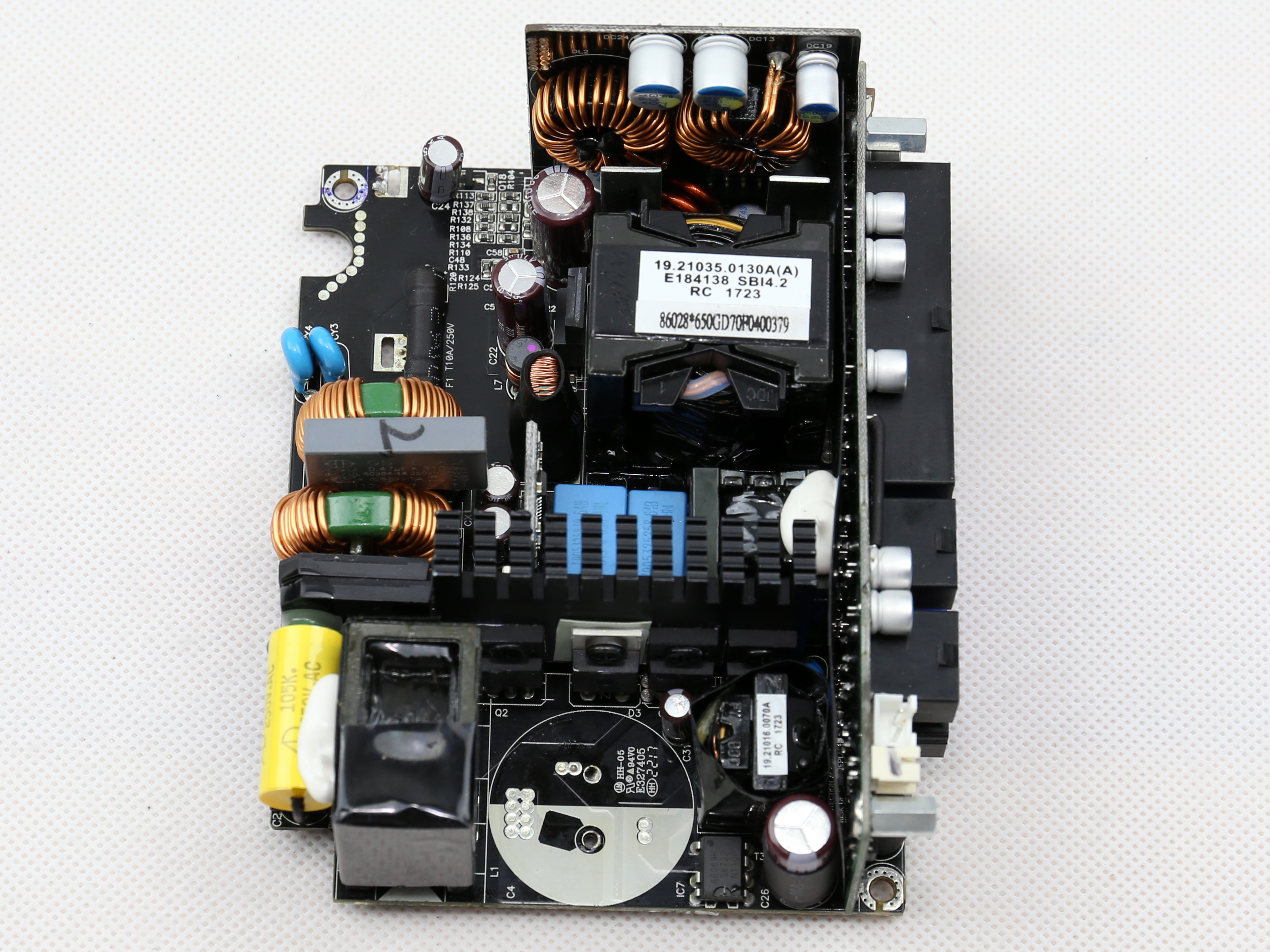
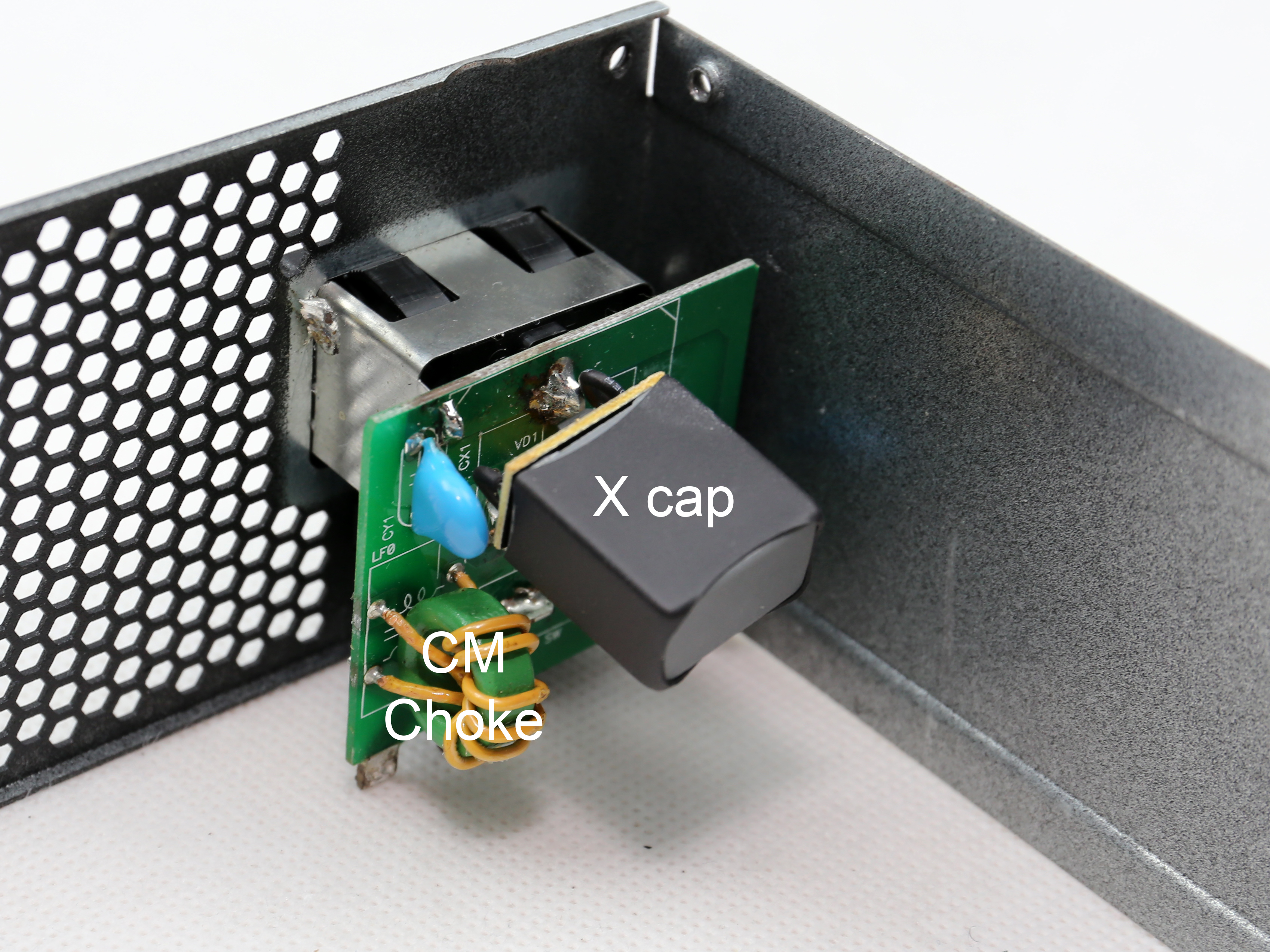
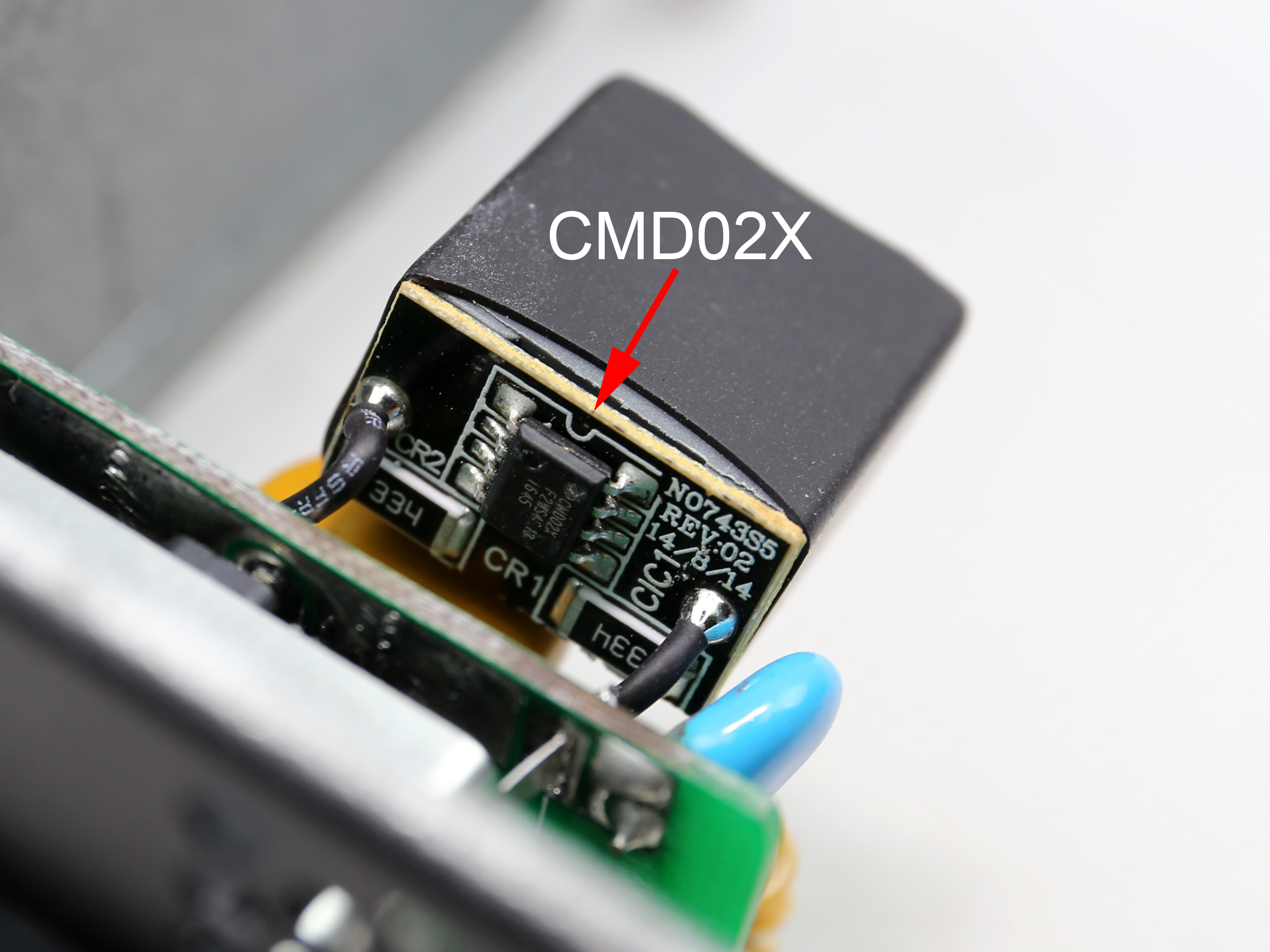
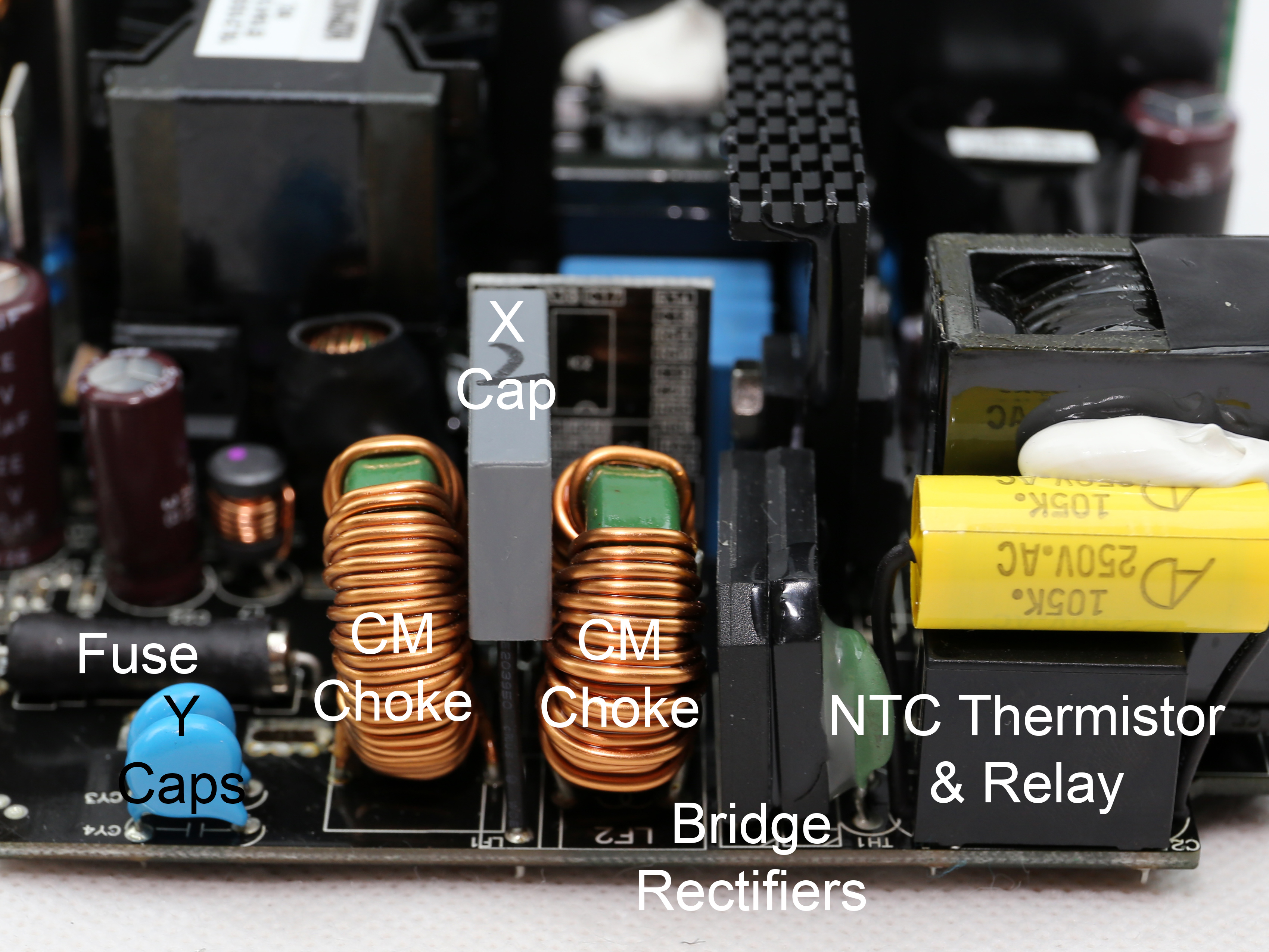
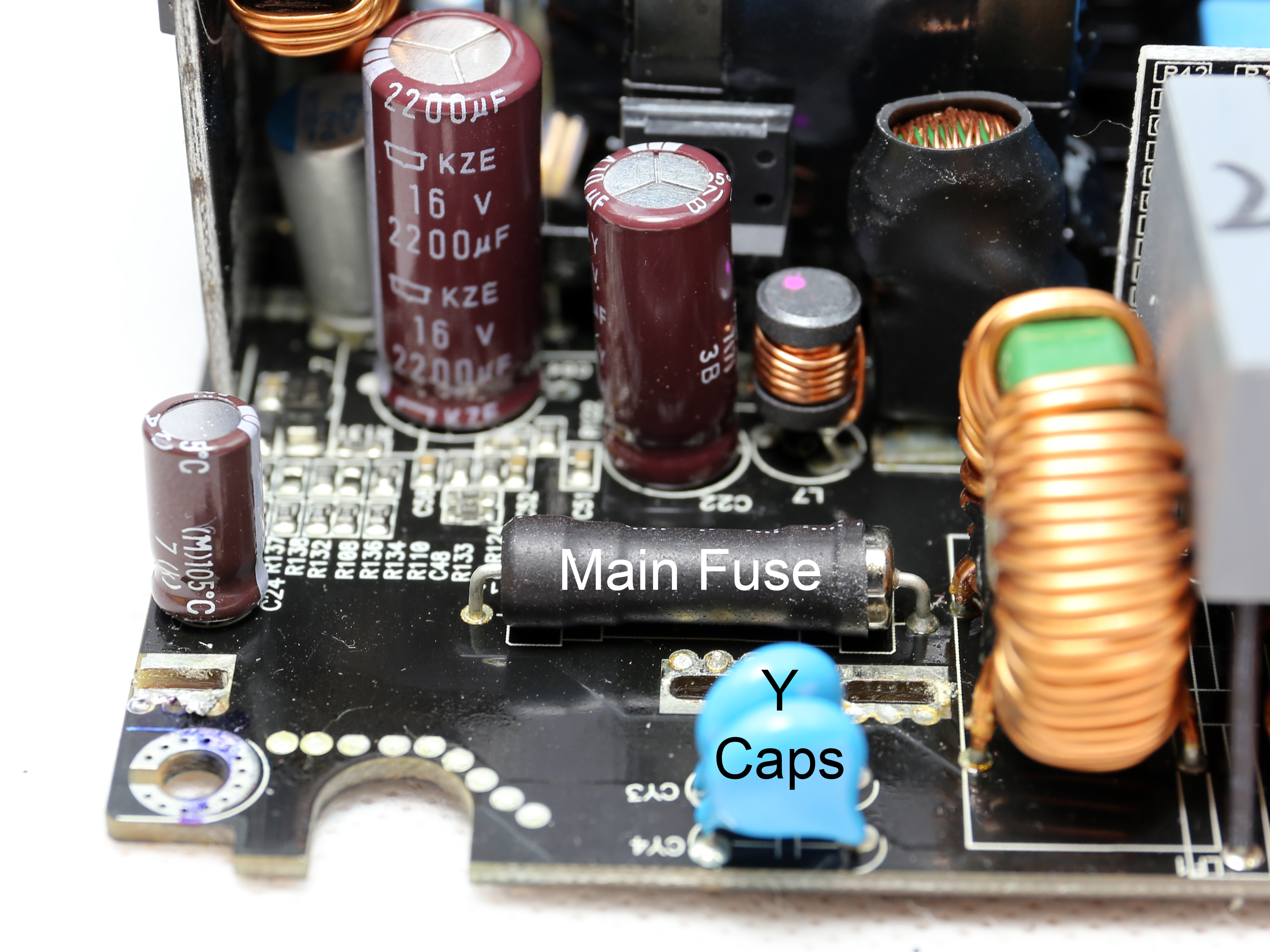

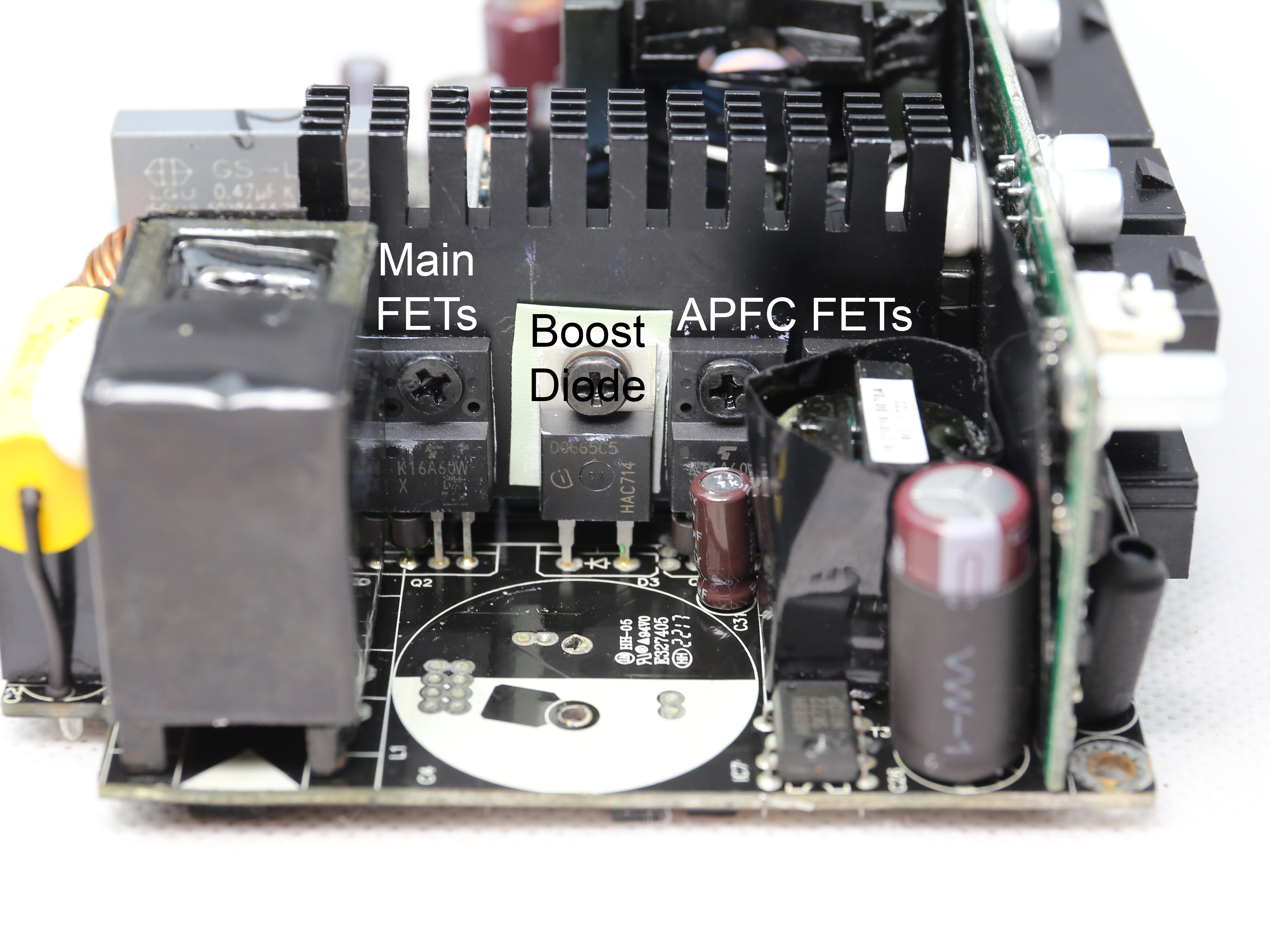
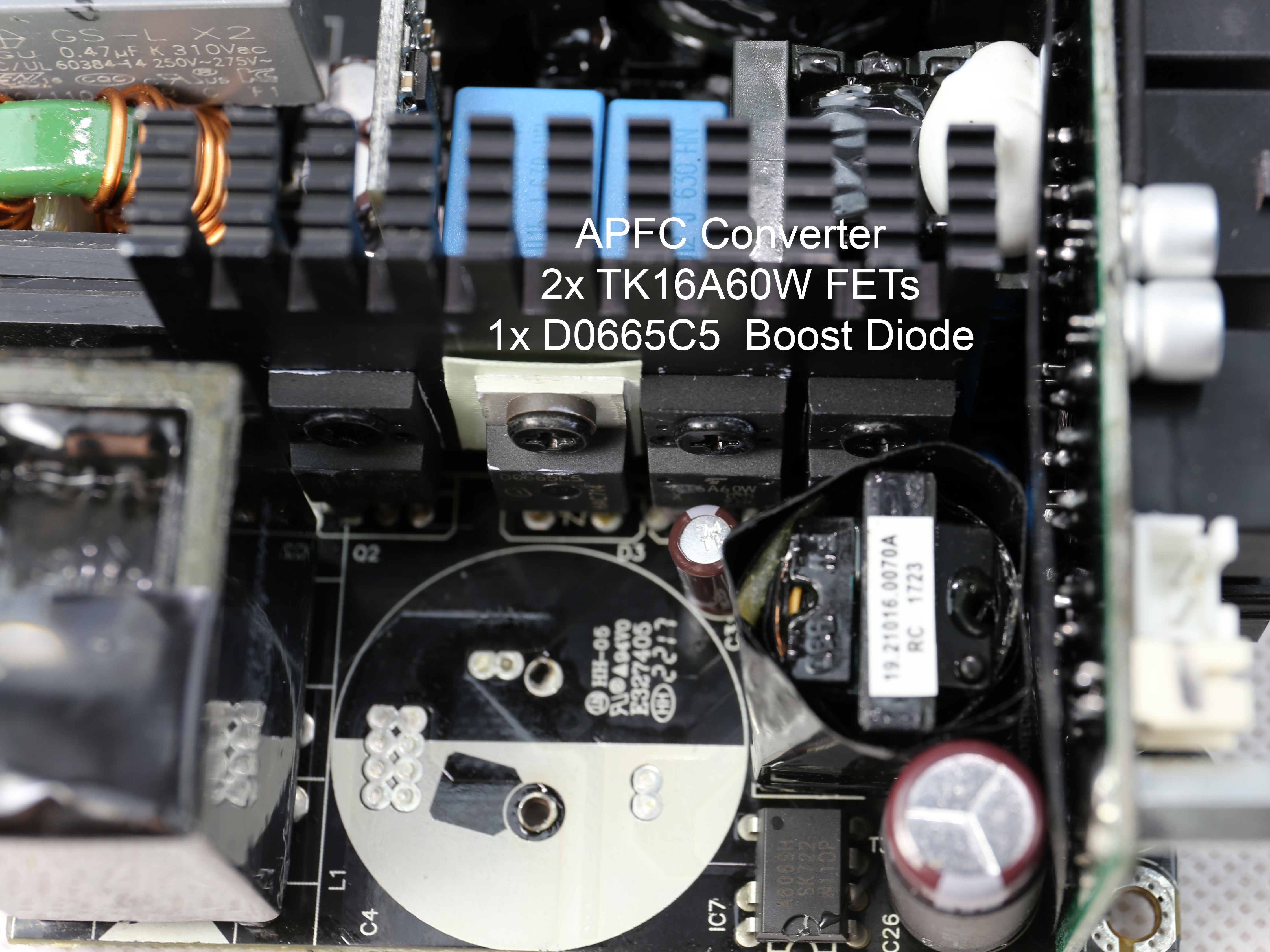
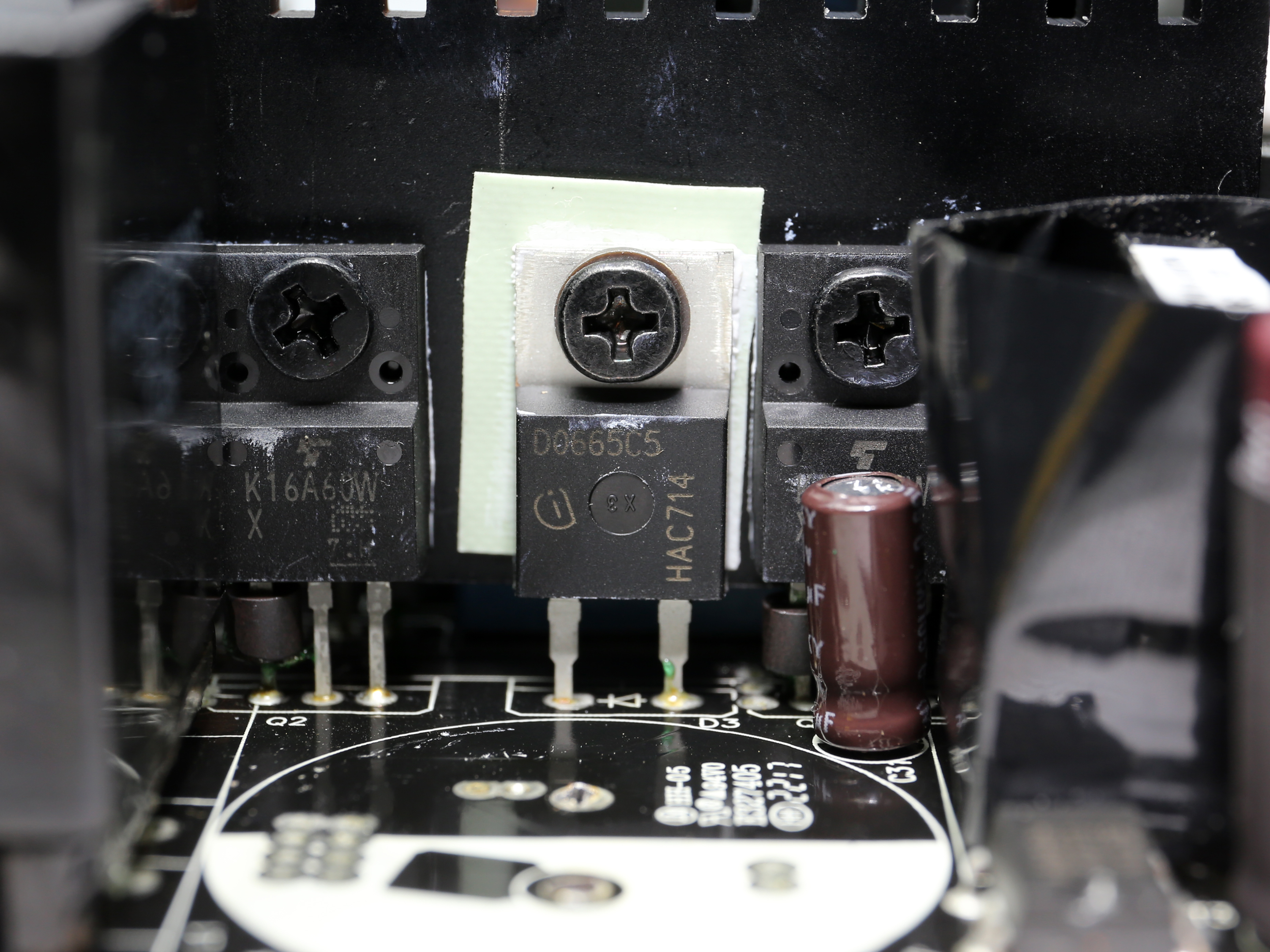
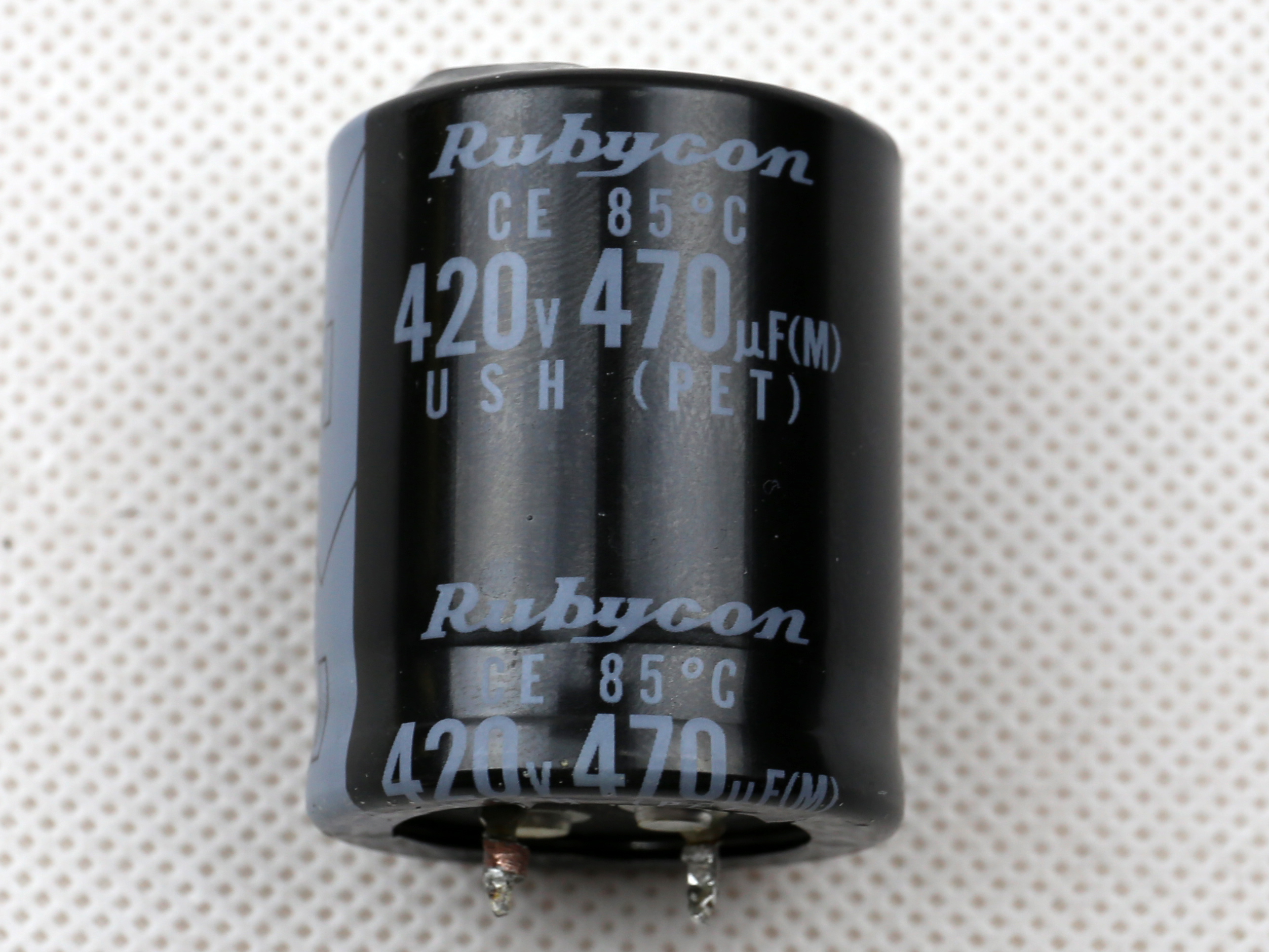
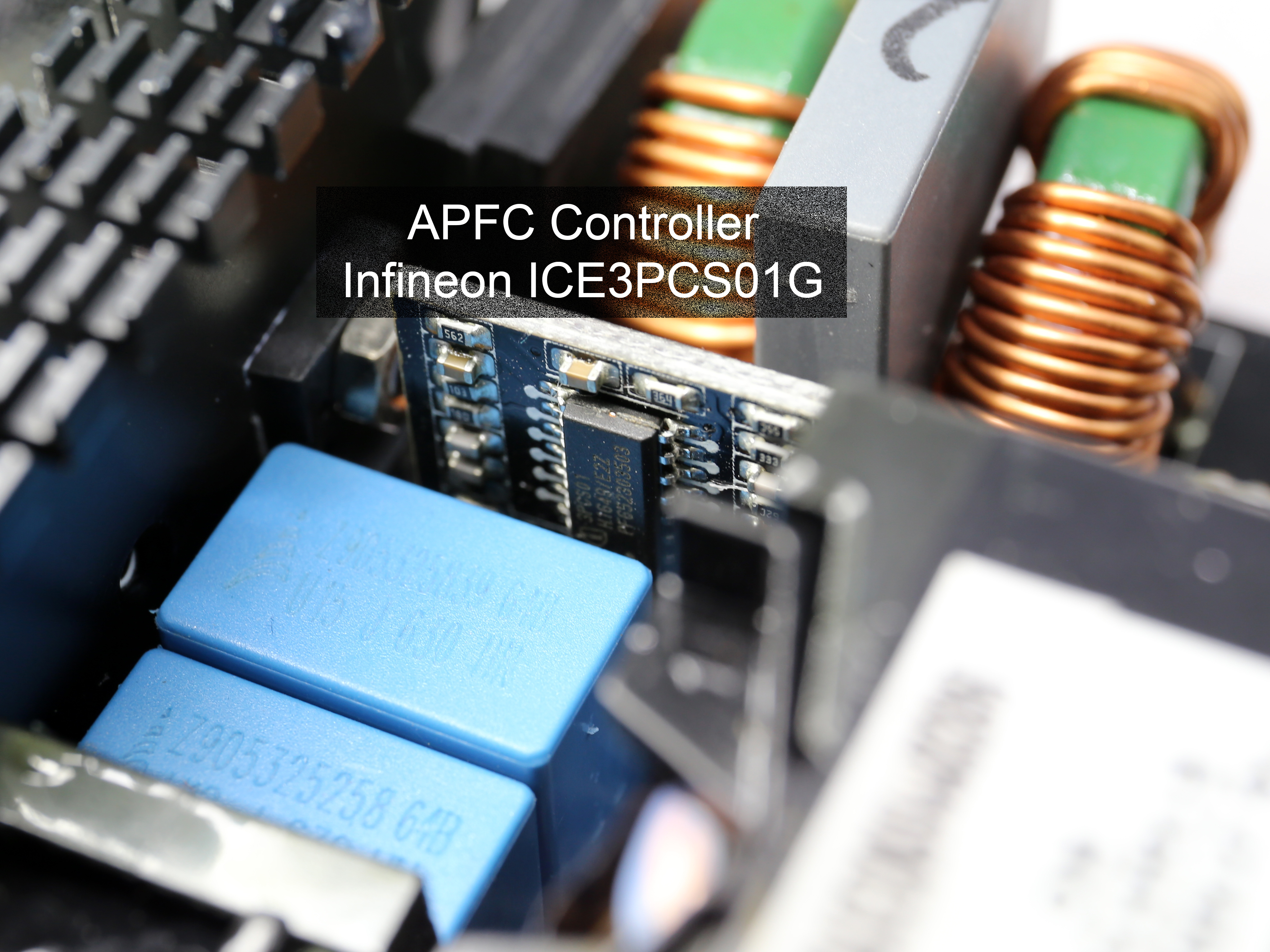
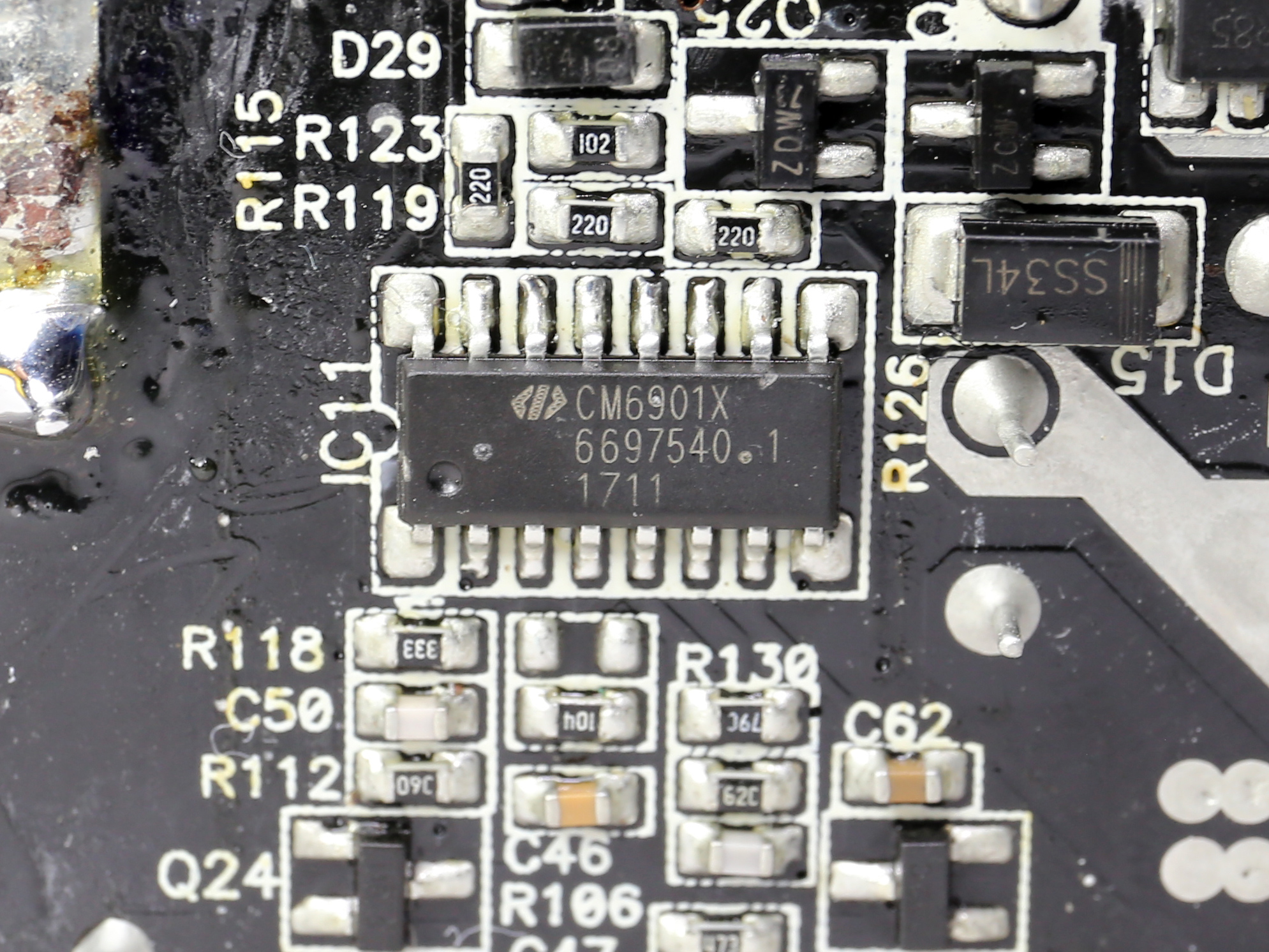
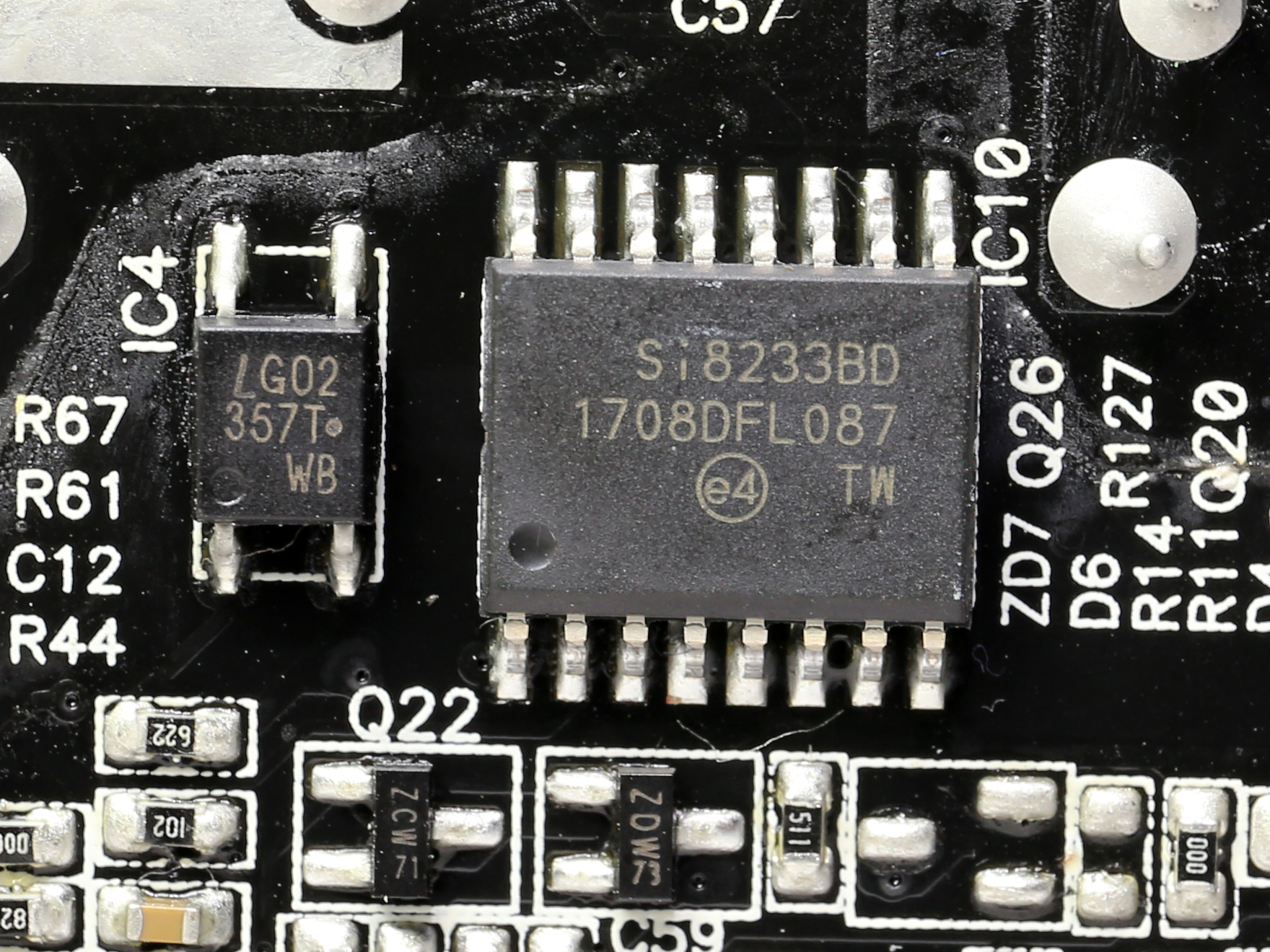
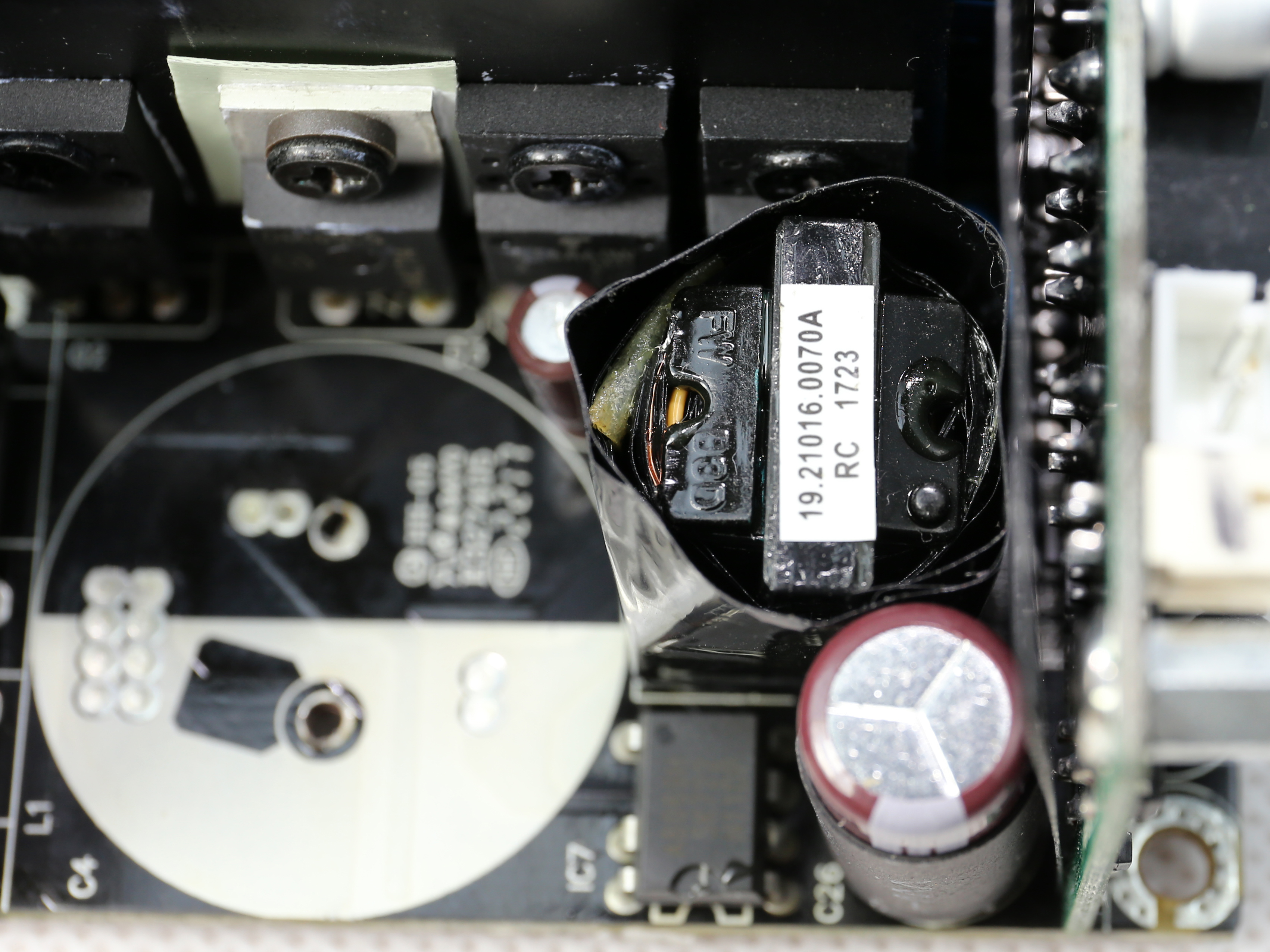
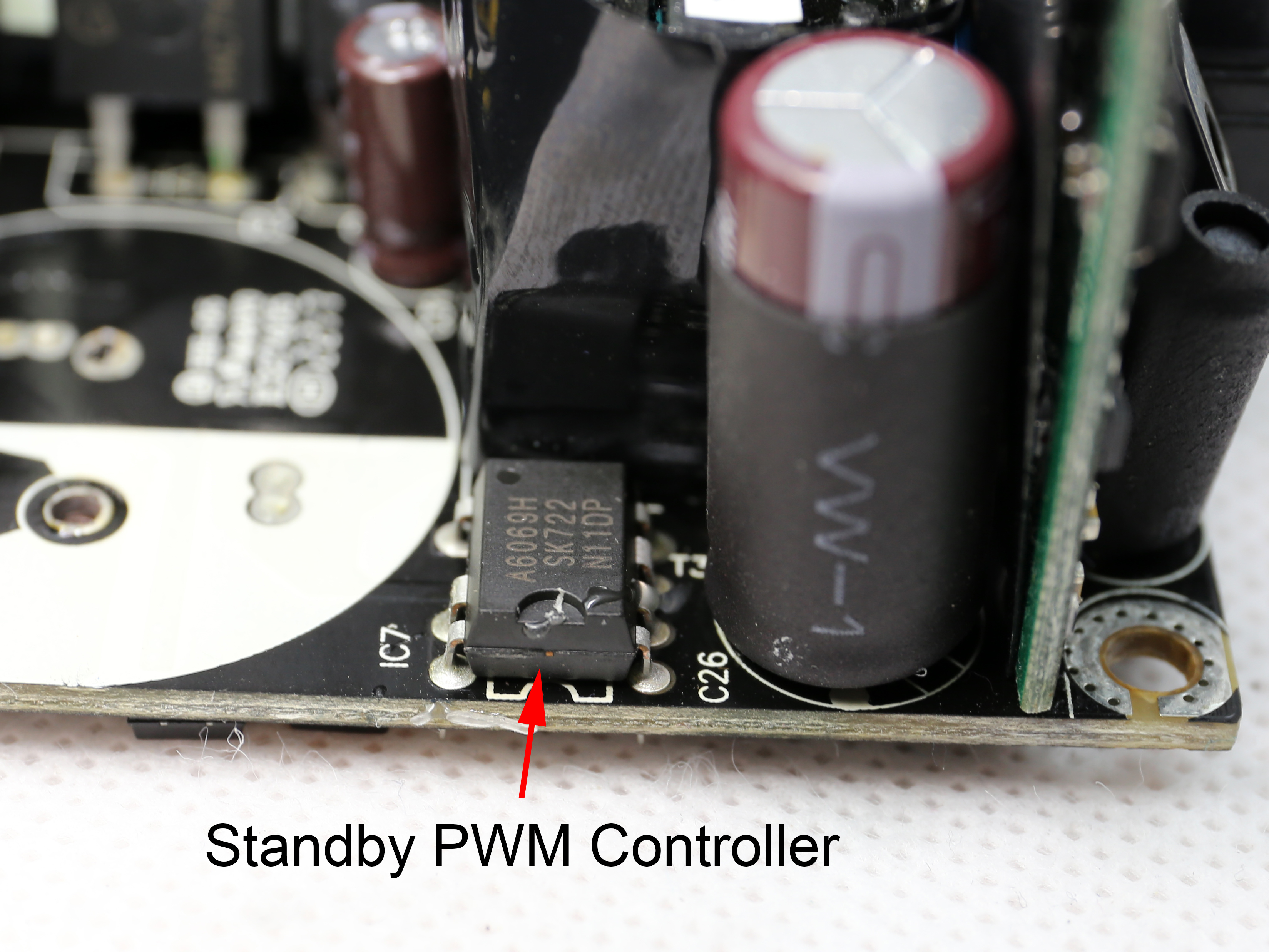
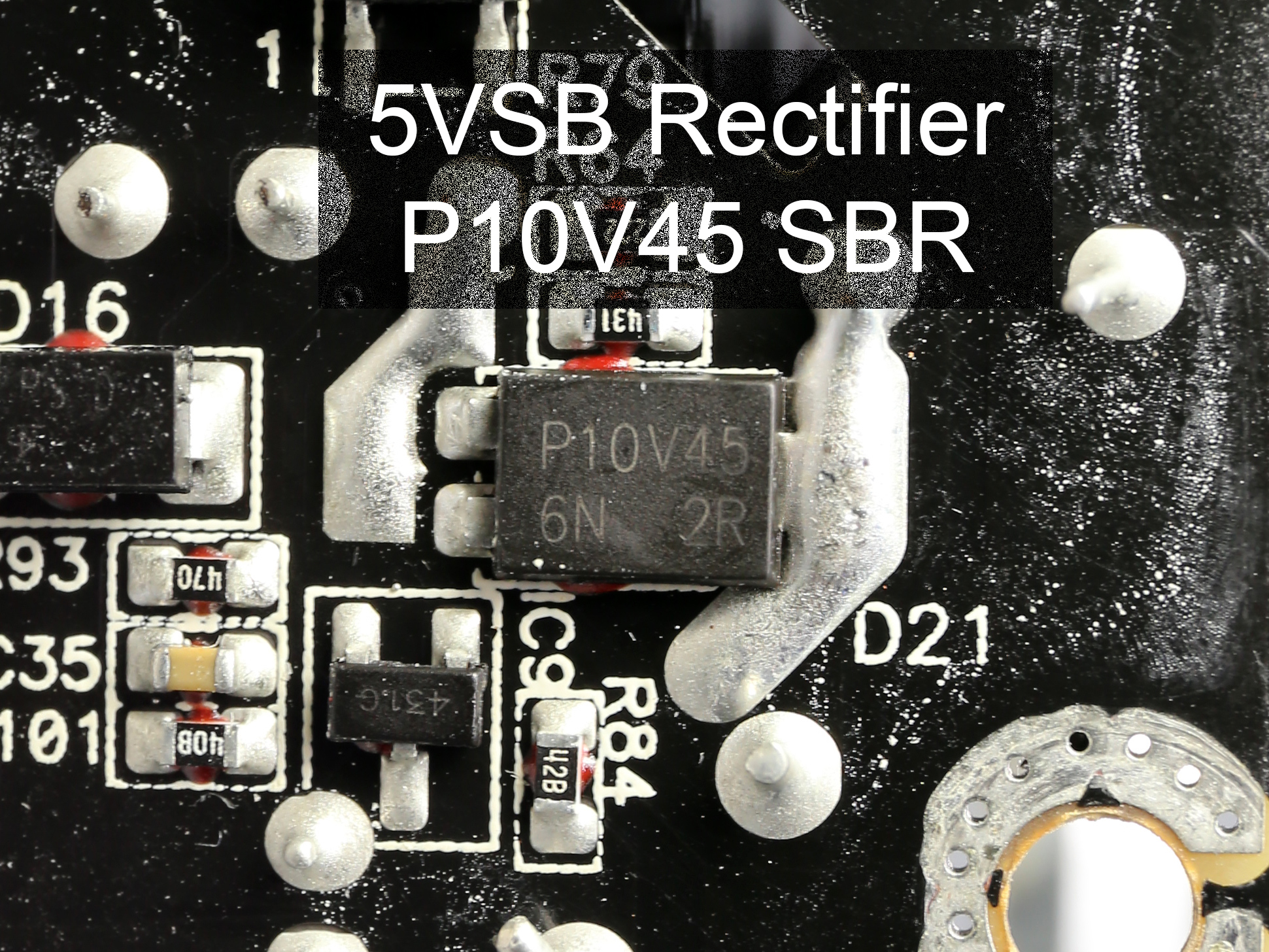
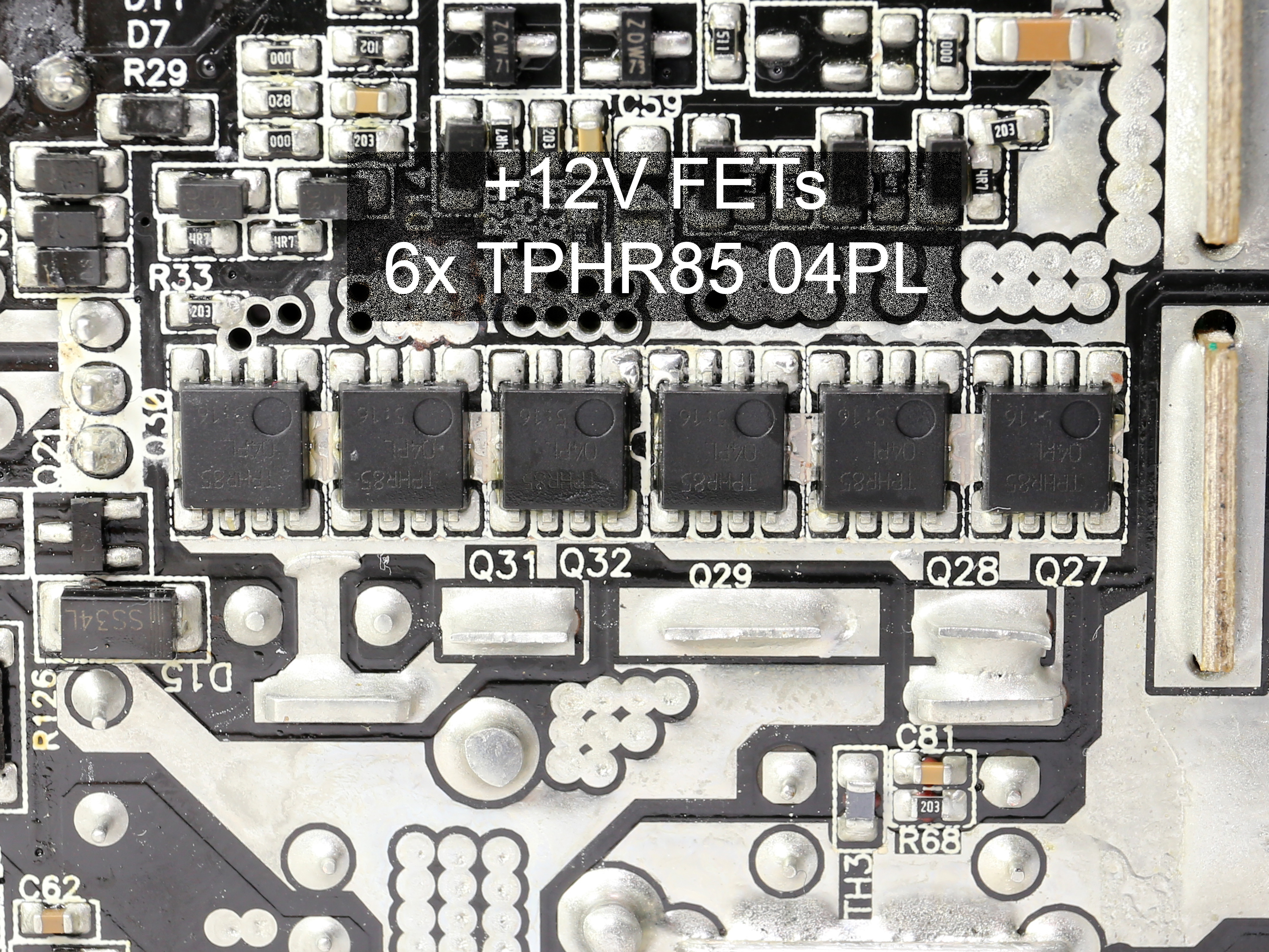
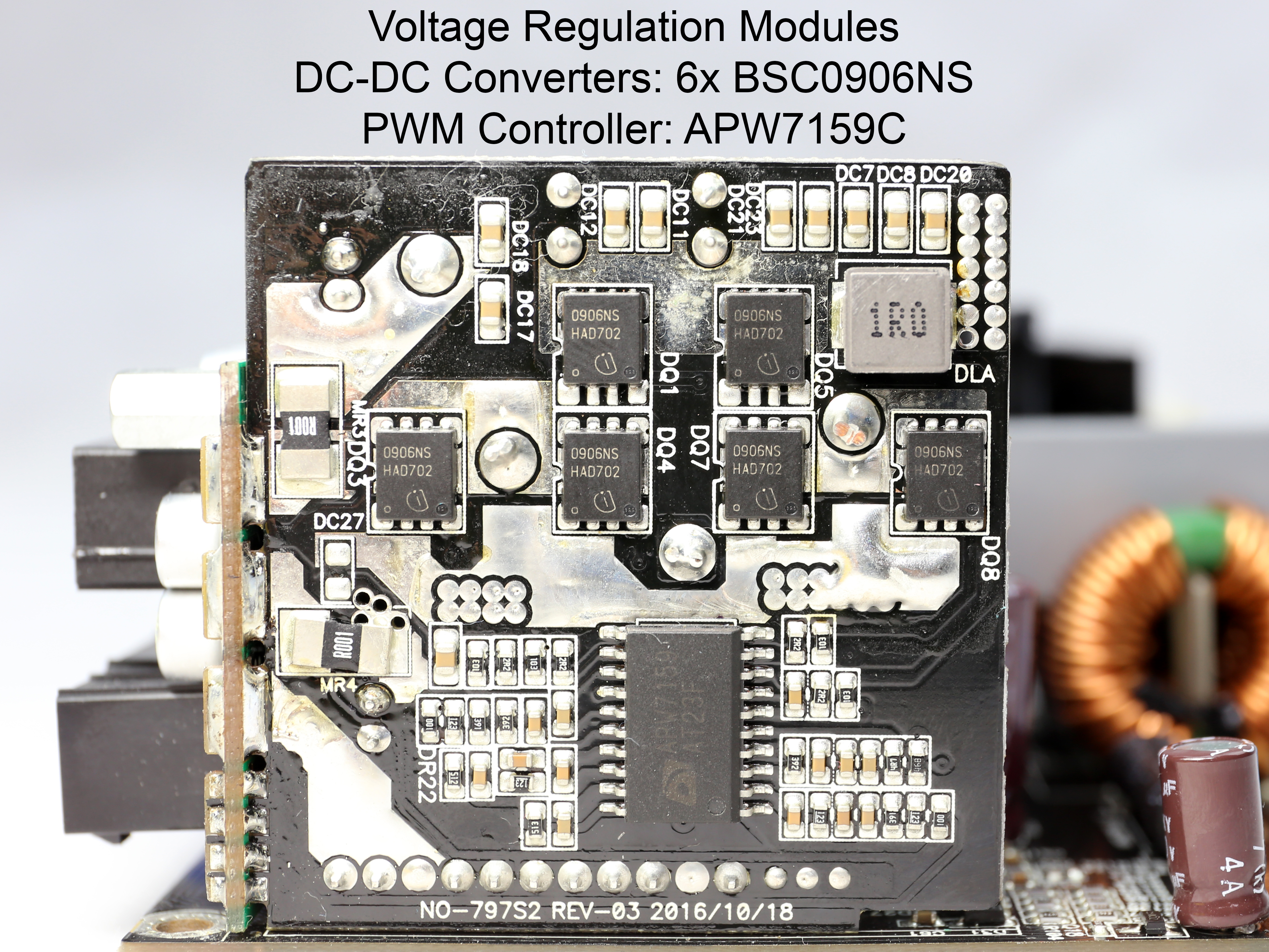
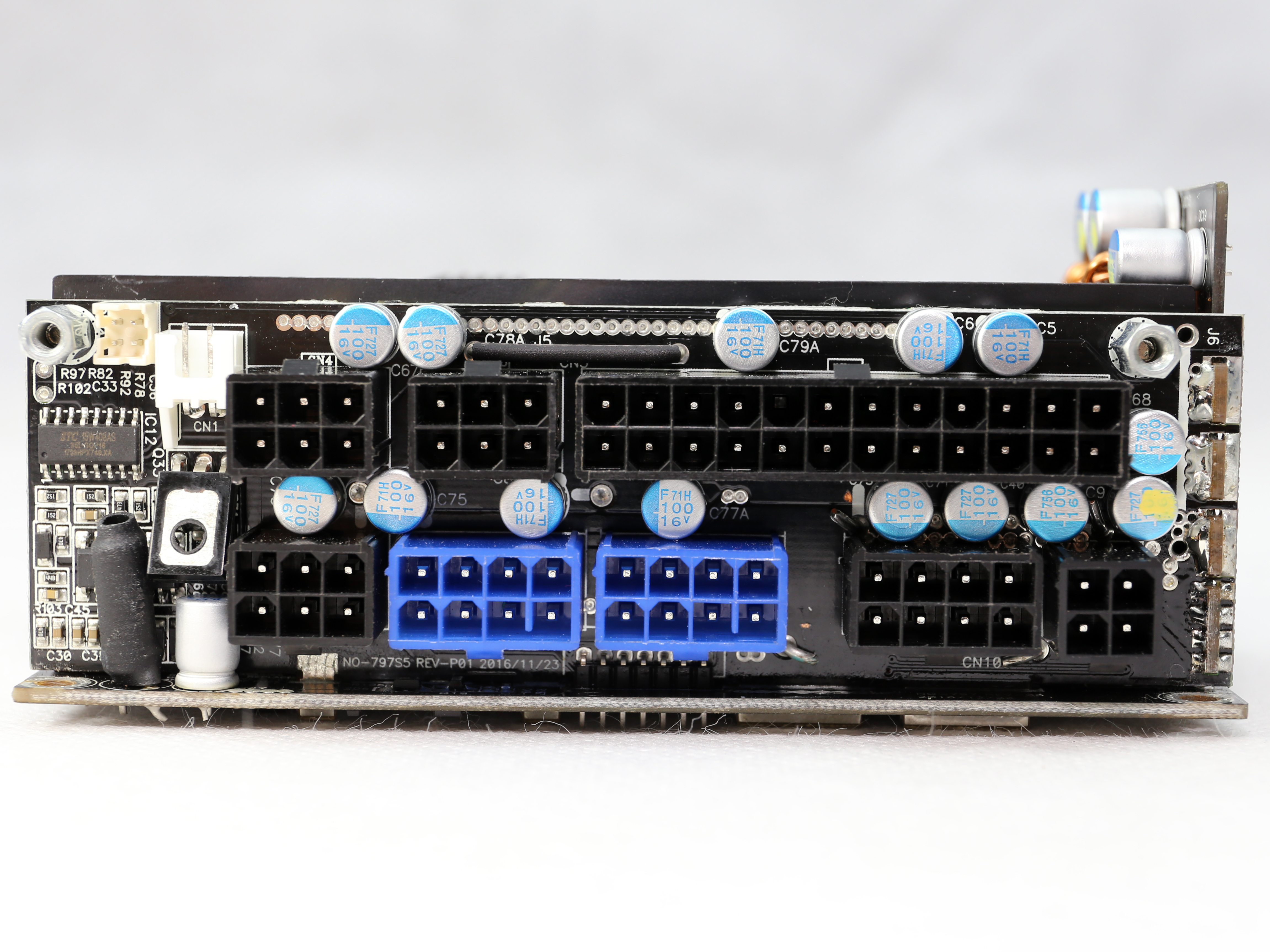
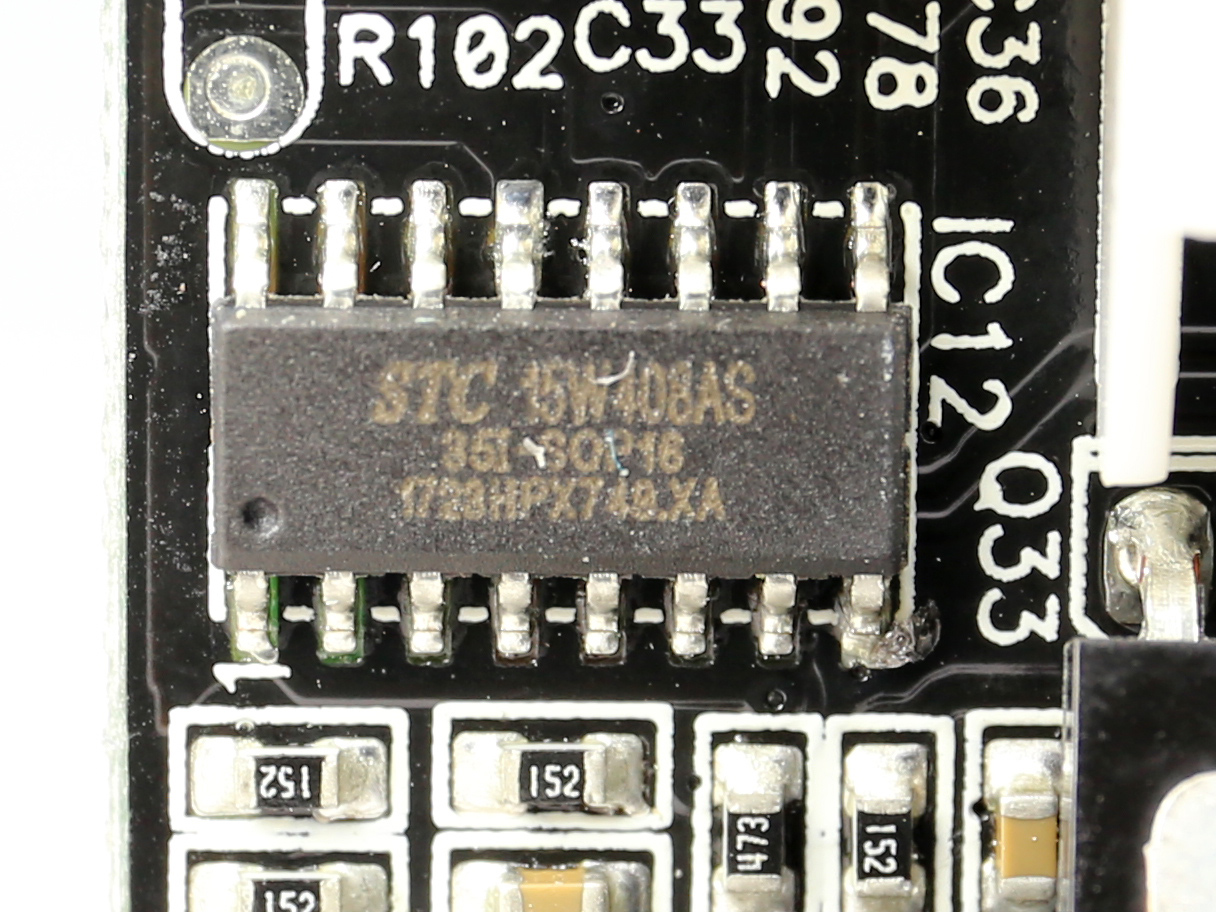
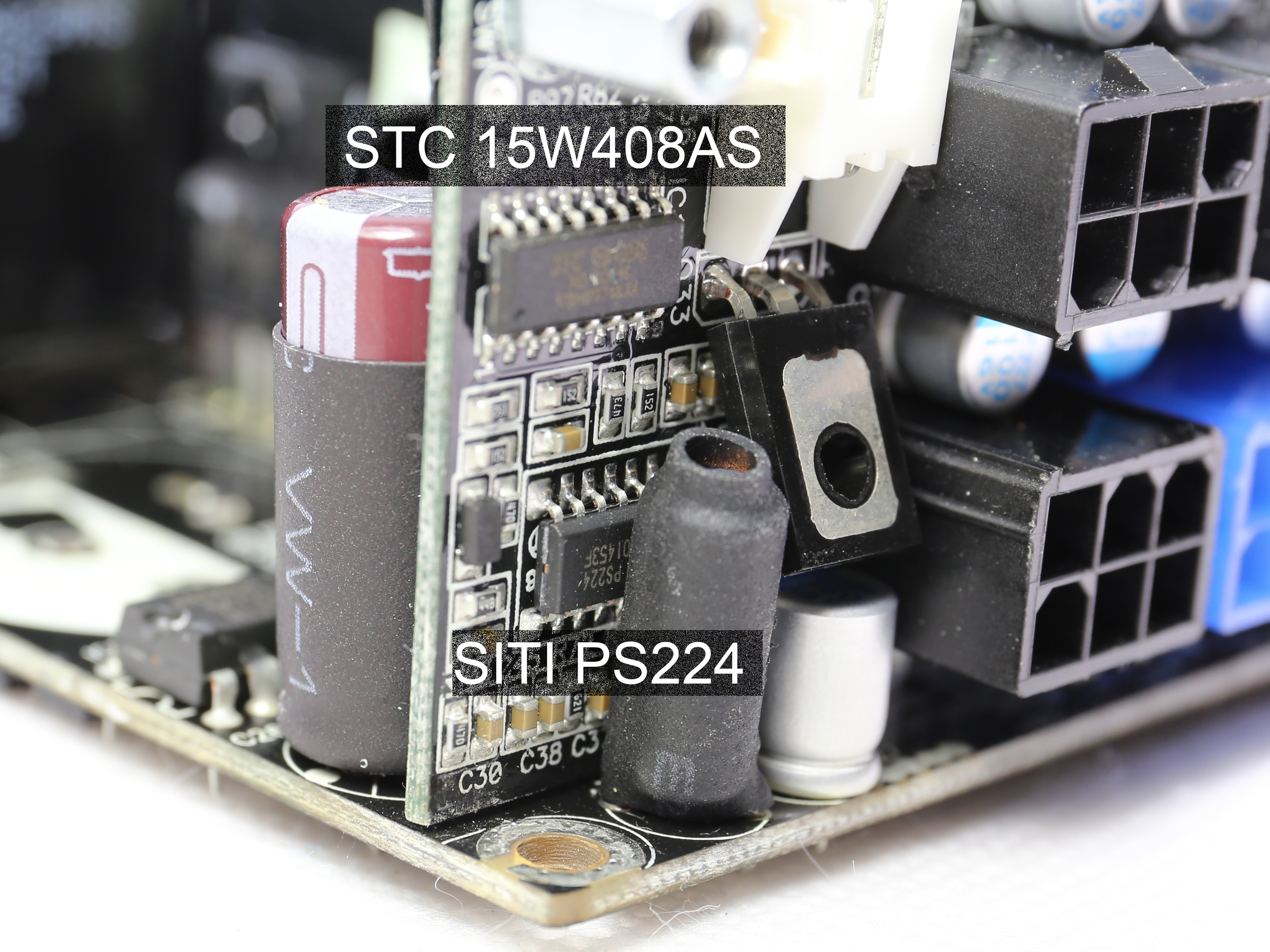
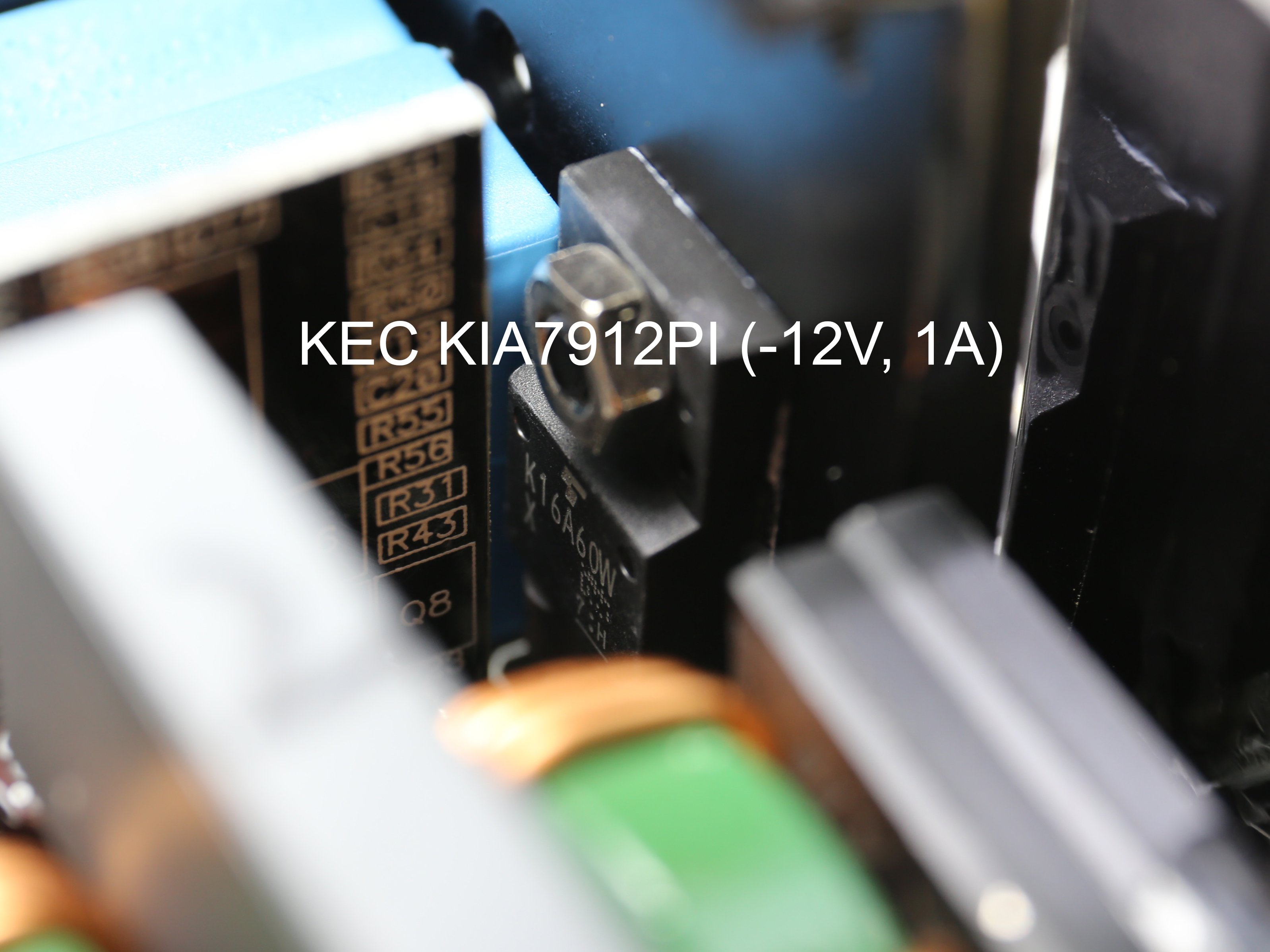
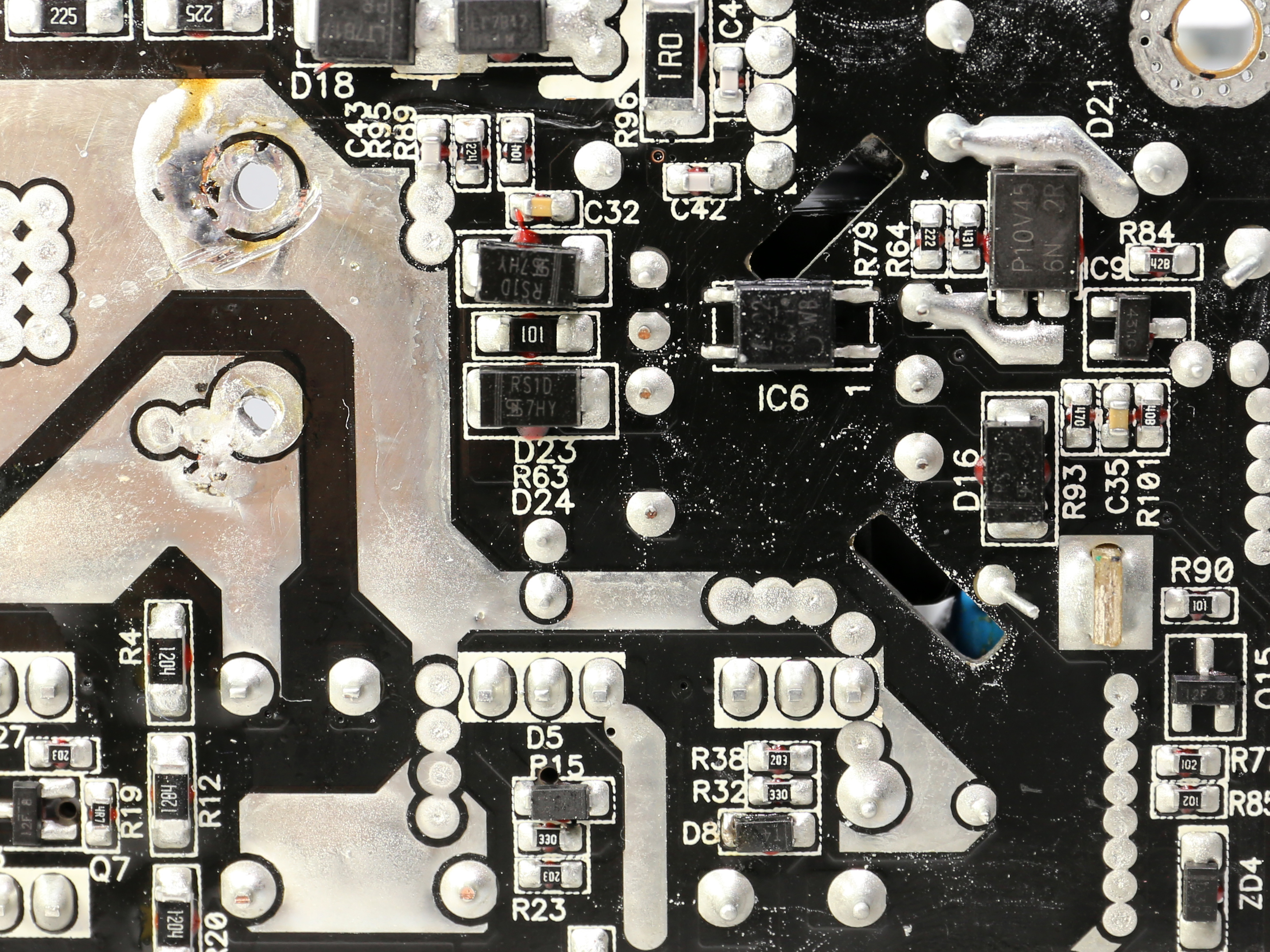
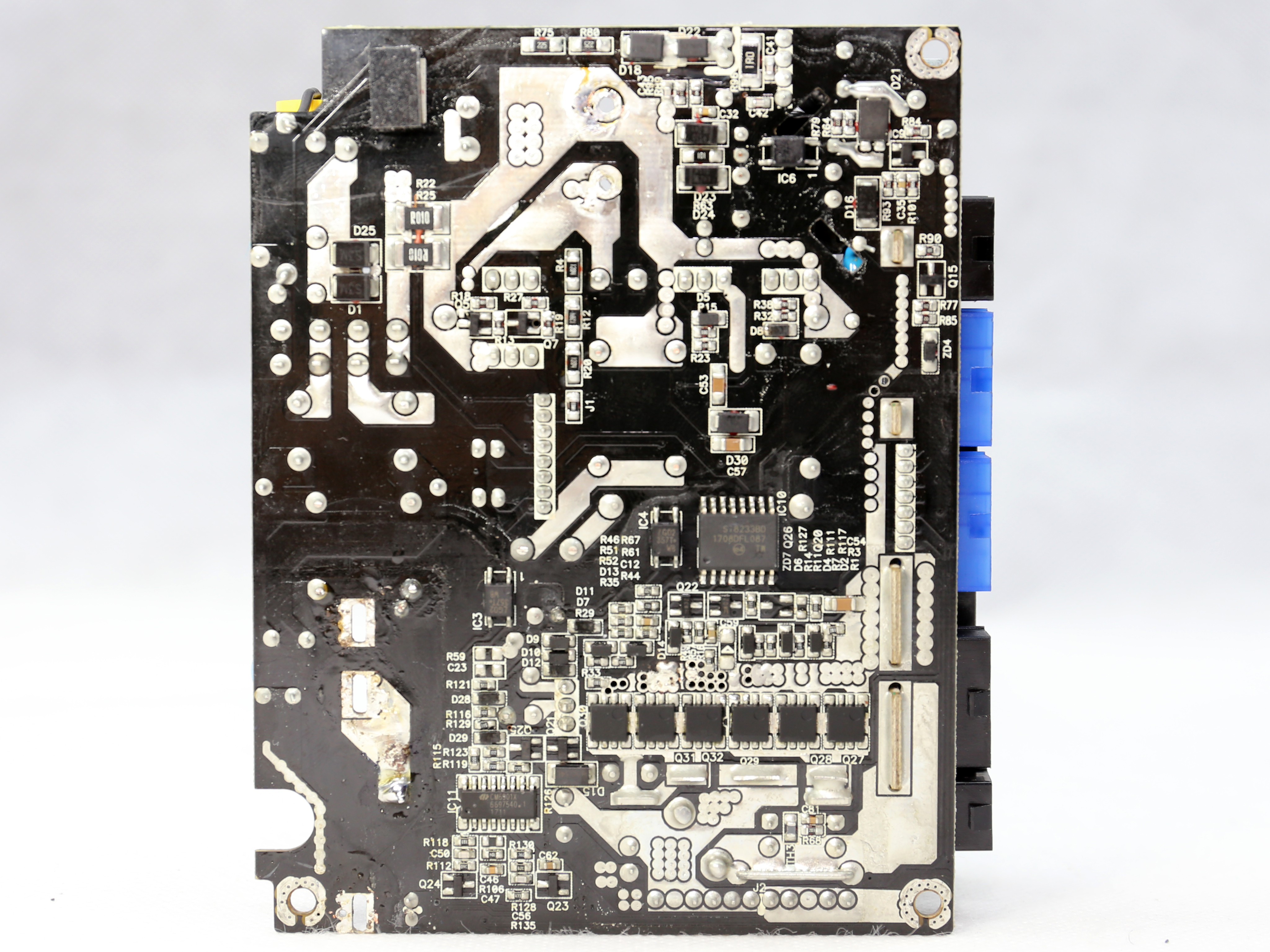
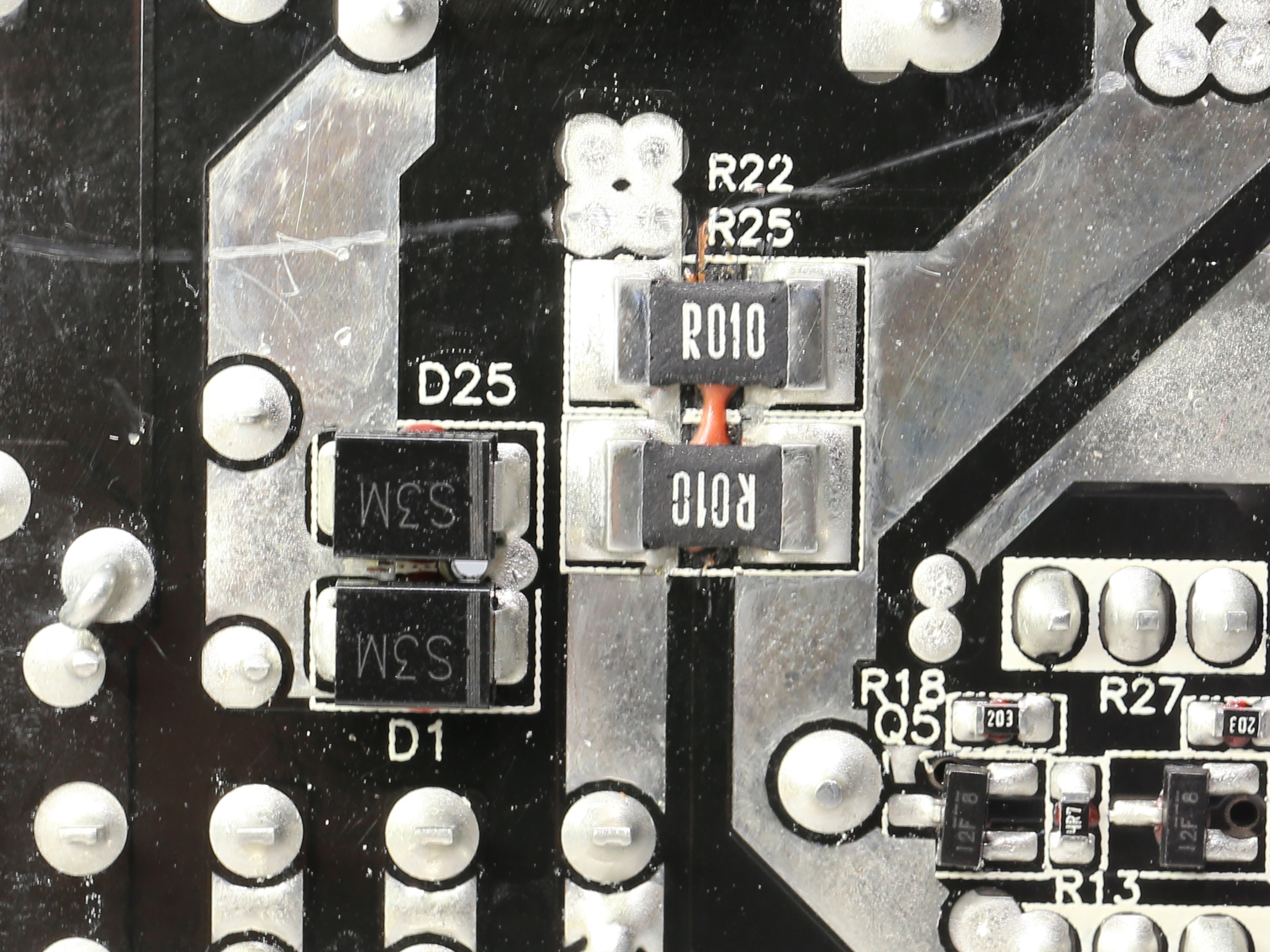
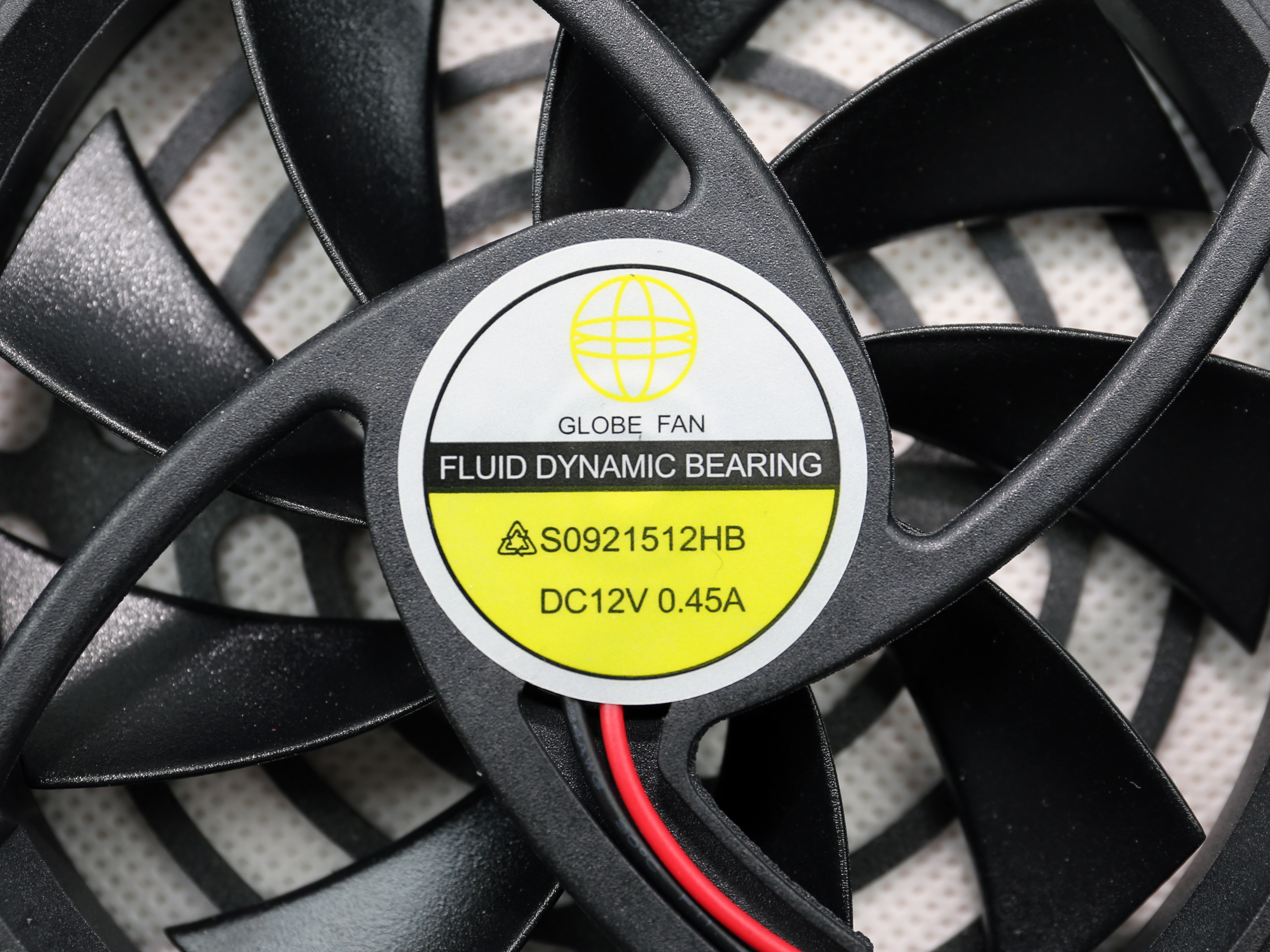
The album above includes photos illustrating the SX650-G's major parts, while the following video shows the SX650-G’s internals.
MORE: Best Power Supplies
MORE: How We Test Power Supplies
Get Tom's Hardware's best news and in-depth reviews, straight to your inbox.
MORE: All Power Supply Content
Current page: Teardown & Component Analysis
Prev Page Unboxing Video Next Page Load Regulation, Hold-Up Time & Inrush Current
Aris Mpitziopoulos is a contributing editor at Tom's Hardware, covering PSUs.
-
termathor Hey,Reply
I'm surprised a PSU with 85 degrees caps *and* only 3 years warranty is given such a good score ... -
jimmysmitty Reply21233248 said:Hey,
I'm surprised a PSU with 85 degrees caps *and* only 3 years warranty is given such a good score ...
What I found interesting is the praise he gives the SF600 here yet the review he did of it gives it the same score as this unit, 7/10.
He also had a ton of cons on the SF600 review that are just, well sorry but some are stupid. No Berg Adapter? Who even needs one of those these days? I doubt this PSU even has a berg adapter.
So why does the SF600 which has better components (105c caps) and a better warranty (5 years) AND performs better apart from a heavier load on the not as used 5v and 3.3v rails causing the fan to spin up rate the same as this PSU?
As mentioned in the article as well its cheaper and the Platinum version is, if you can find it, MSRP $10 bucks more (I found the Silverstone for $20 bucks less than the SF 600 Platinum on Newegg) and it has even better performance, components and a 10 year warranty.
So again, how does this rate a 7/10 like a better PSU? -
crmaris When you criticise that someone talks stupid, you should be extra careful not to fall into the same trap :)Reply
Berg adapter, there are still some people that want it so why not include it? From the moment it is an adapter (so it doesn't alter the modular cables) and only costs some cents.
The final rating isn't up to the performance only! But the overall picture including the product's usability. The SF600 is a great unit but has a major flaw. It only has two PCIe connectors! So you cannot fully utilize its 600W max power. While on the contrary the SilverStone unit has four of them. To give you an example it has exactly the same cable configuration with the SF450.
Please take a better look at the epilogue of each of the reviews and you will get the meaning. The ratings are just a number to provide a rough idea and nothing more. Else I wouldn't bother write so much in the end of each review and list or pros and cons. -
jimmysmitty Reply21233851 said:When you criticise that someone talks stupid, you should be extra careful not to fall into the same trap :)
Berg adapter, there are still some people that want it so why not include it? From the moment it is an adapter (so it doesn't alter the modular cables) and only costs some cents.
The final rating isn't up to the performance only! But the overall picture including the product's usability. The SF600 is a great unit but has a major flaw. It only has two PCIe connectors! So you cannot fully utilize its 600W max power. While on the contrary the SilverStone unit has four of them. To give you an example it has exactly the same cable configuration with the SF450.
Please take a better look at the epilogue of each of the reviews and you will get the meaning. The ratings are just a number to provide a rough idea and nothing more. Else I wouldn't bother write so much in the end of each review and list or pros and cons.
Was not stating that the person was stupid. Just that the con was stupid as the berg connection is not used in the majority of PC products much like how Molex is dying off in favor of the SATA connector. I have not seen a berg connection in a modern PC build for some time.
As for the PCIe connectors, that's a fair "con". Notice I didn't mention it. I don't even think you can buy one like it for Corsairs PSUs and the only one I can think might have had a split single cable was the older CX series although I would personally never use one.
So if we look at cons, then why did the SF600 get "dinged" for not having a ATX adapter but this did not?
BTW I was incorrect. The SF600 has a 7 year warranty not 5. That's more than double, better grade components and cheaper. When I look at a PSU the biggest concern is build quality. Sure it would be nice to have some of the extras but I personally think build quality is the most important part. This PSU has a lower grade build, less warranty but hey it includes an out dated adapter and you can hook up two higher end GPUs to it so it rates the same.
I personally don't feel like the two PSUs are in the same class nor deserve the same rating. To each their own.
Let me clarify my reasoning. I don't want to sound like a jerk. Users will utilize this as a solid rating and a reason to buy or not buy. They wont always read the entire verdict or review.
It is much like Amazon or Newegg reviews. People will look at the average star rating. They wont actually look at the actual reviews and if a product has 1000+ reviews I don't blame them however sometimes you can go into a product and look at the review and see that it may have no bearing on the products actual quality.
Basically having a PSU that has lower performance, lower warranty and lower quality components rated the same as another with better quality will lead people who are not in depth tech savvy people to think they could buy either one and get the same quality.
If you do feel that the rating/score is that unimportant than maybe the end should consist of pros/cons and a verdict with no score? However I do suggest to keep the pros and cons consistent as nicking one PSU for one thing but the other not feels a bit off. -
SilverStone Guy Reply21233924 said:I personally think build quality is the most important part. This PSU has a lower grade build, less warranty but hey it includes an out dated adapter and you can hook up two higher end GPUs to it so it rates the same.
I personally don't feel like the two PSUs are in the same class nor deserve the same rating. To each their own.
In regards to build quality, the SX650-G is no less than that of SF600, besides the bulk cap being lower in temperature rating at 85C (which itself is a high quality brand and part btw, and we do extensive testing to make sure cooling is sufficient for it to last), everything else on the PCB is on par or better. And besides the core components, we've shown over at jonnyGURU, the fan we used in SX650-G is definitely better than SF600. The cables we included are also arguably better quality as well because they are more flexible.
Many people don't realize increasing power output by 50W in SFX at the current 600W+ level is much more difficult of an engineering exercise than for ATX PSUs. I think in some ways this review article is also at fault for marginalizing SX650-G's 50W power increase over the SF600. Our SX600-G was released in 2014 and SX650-G in 2017, so that means it took three years to make an SFX PSU more powerful by 50W (while making it perform better, quieter, with more connectors, etc...) for around the same price! -
jimmysmitty Reply21239216 said:21233924 said:I personally think build quality is the most important part. This PSU has a lower grade build, less warranty but hey it includes an out dated adapter and you can hook up two higher end GPUs to it so it rates the same.
I personally don't feel like the two PSUs are in the same class nor deserve the same rating. To each their own.
In regards to build quality, the SX650-G is no less than that of SF600, besides the bulk cap being lower in temperature rating at 85C (which itself is a high quality brand and part btw, and we do extensive testing to make sure cooling is sufficient for it to last), everything else on the PCB is on par or better. And besides the core components, we've shown over at jonnyGURU, the fan we used in SX650-G is definitely better than SF600. The cables we included are also arguably better quality as well because they are more flexible.
Many people don't realize increasing power output by 50W in SFX at the current 600W+ level is much more difficult of an engineering exercise than for ATX PSUs. I think in some ways this review article is also at fault for marginalizing SX650-G's 50W power increase over the SF600. Our SX600-G was released in 2014 and SX650-G in 2017, so that means it took three years to make an SFX PSU more powerful by 50W (while making it perform better, quieter, with more connectors, etc...) for around the same price!
Ok if you state the parts are equal to or better than a review by the same guy should result in an equivalent or better score correct?
http://www.jonnyguru.com/modules.php?name=NDReviews&op=Story6&reid=533
http://www.jonnyguru.com/modules.php?name=NDReviews&op=Story6&reid=477
Even if you go through the SF600 got better performance numbers throughout, even hitting almost platinum efficiency.
Yes FDB is better. The Corsair is able to run fanless in low loads so its a trade off.
The cables are very objective. These days a lot of people swap the cables out with colored individually sleeved ones.
This review had this that concerns me:
Sky-high OPP and OCP on the 3.3V and 5V rails
Over-temperature protection doesn't appear functional
Not bashing it. Just based on the reviews I found outside of this one show it isn't the same grade as the SF600 Gold unit. If you feel it is truly equal or better then the numbers need to prove it where it counts, the performance. Cables and fans are one side. They don't always outweigh the cons though. I also think that if you feel that way that the warranty should match.